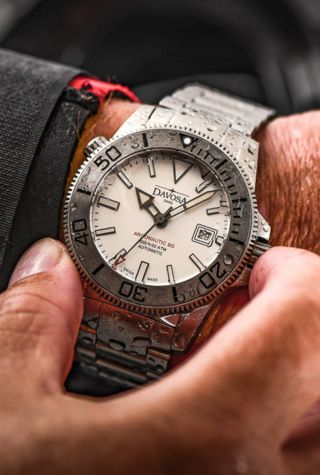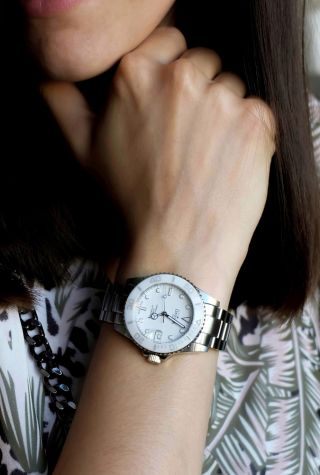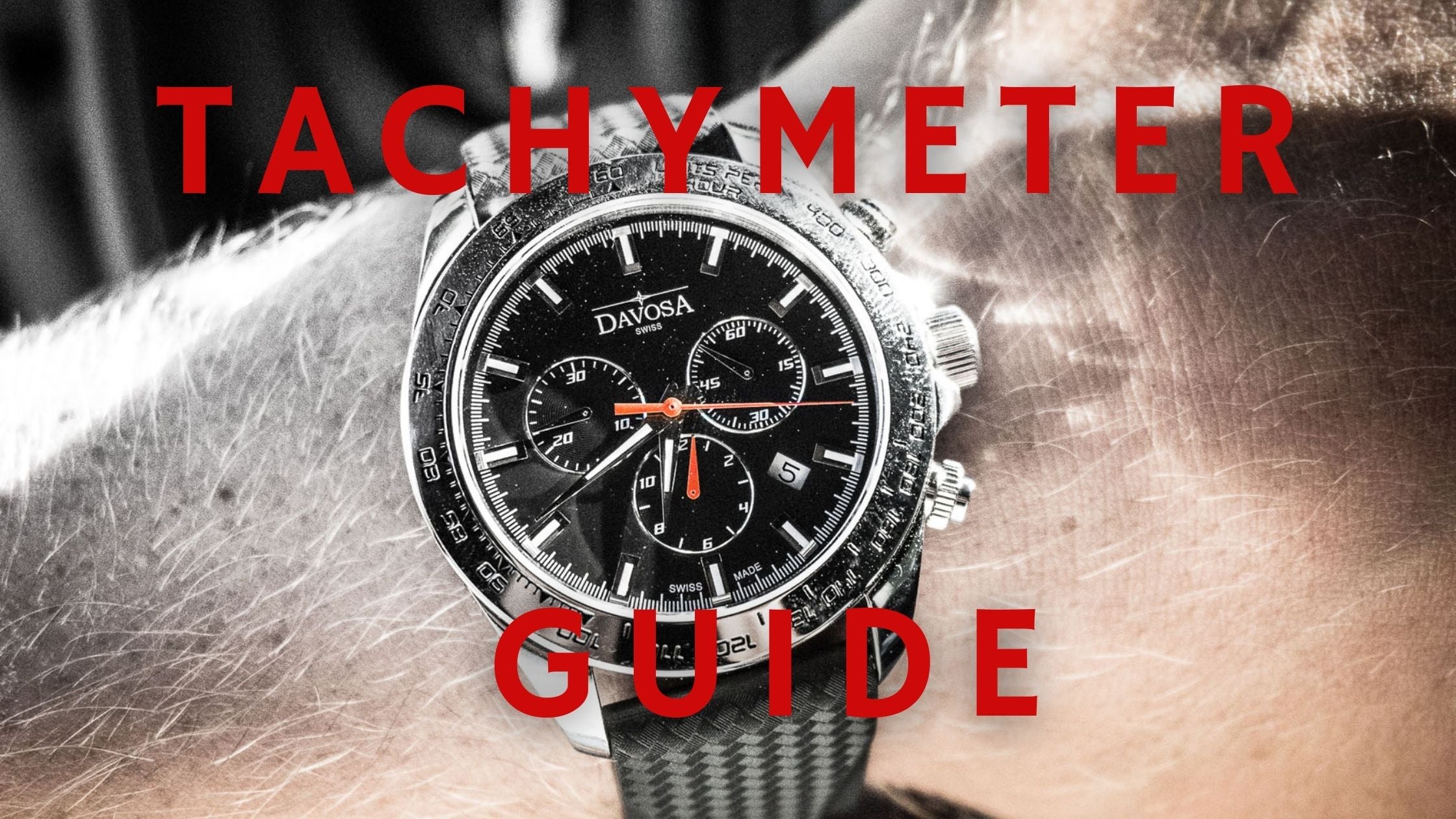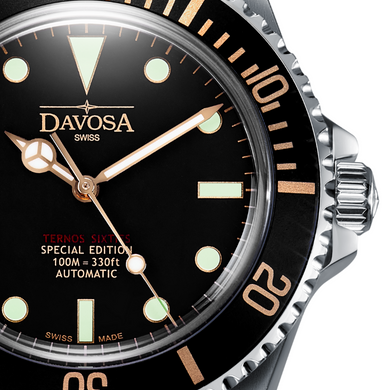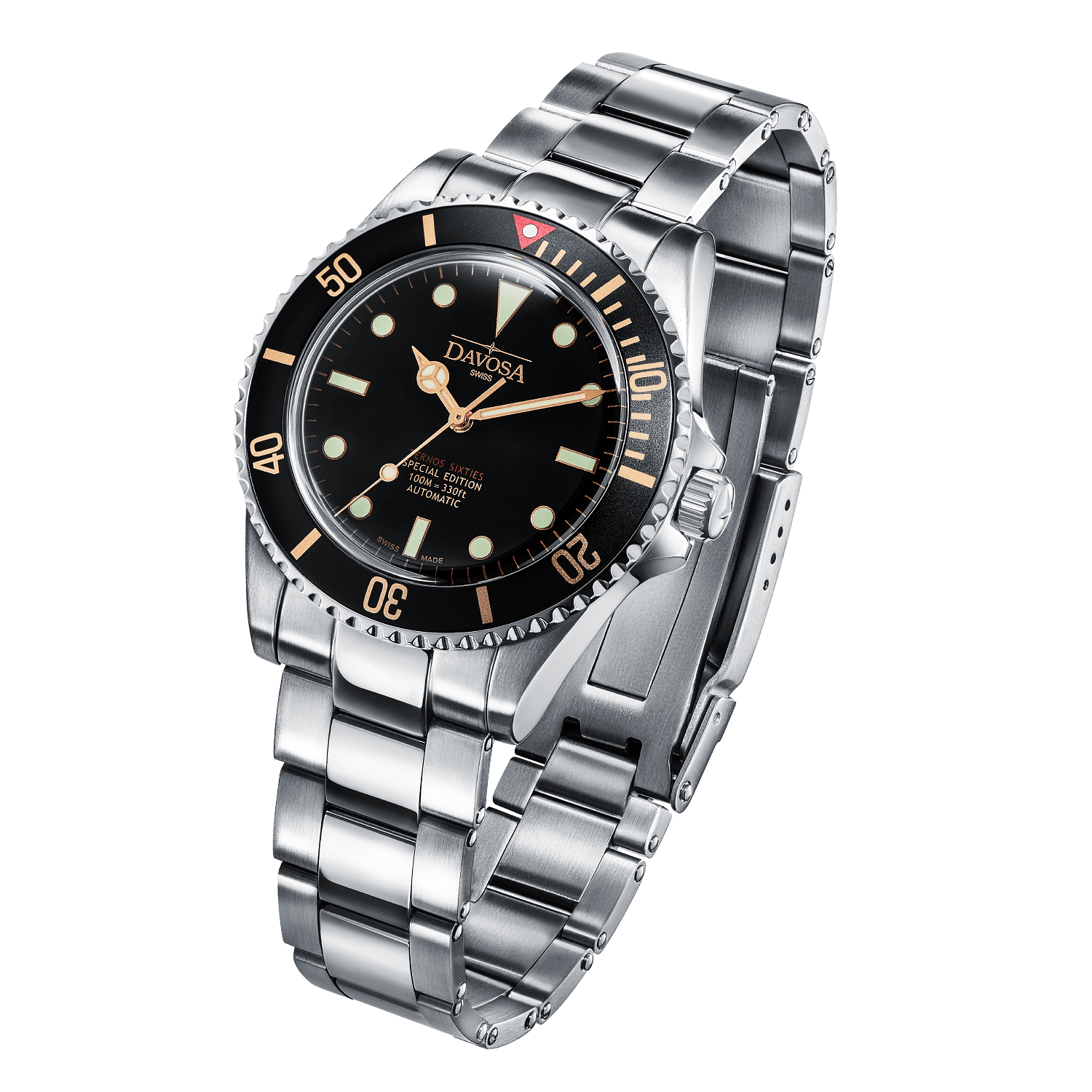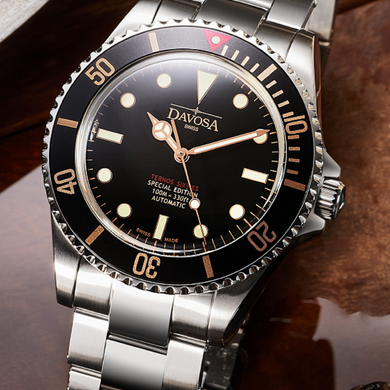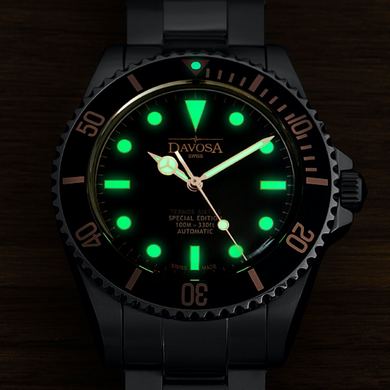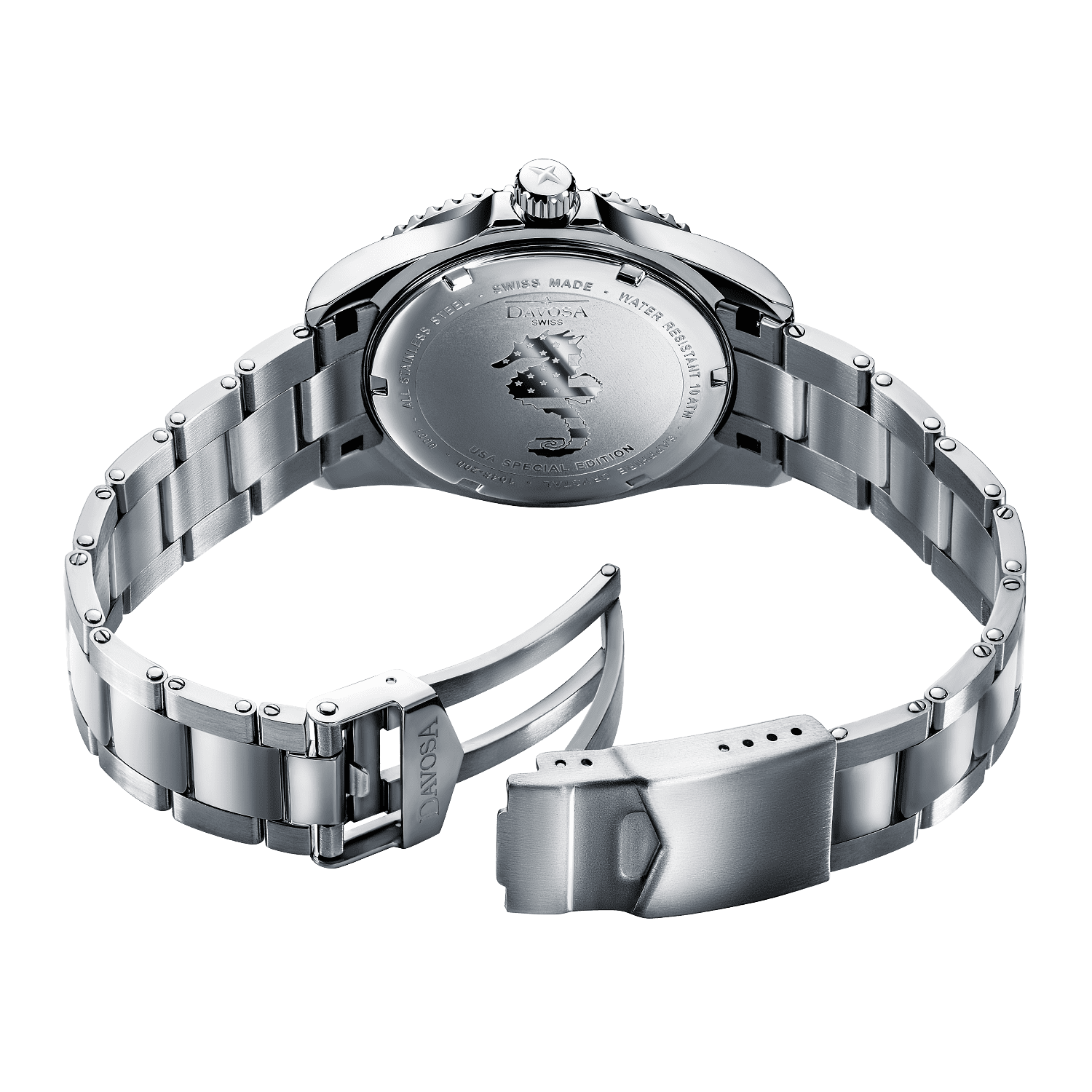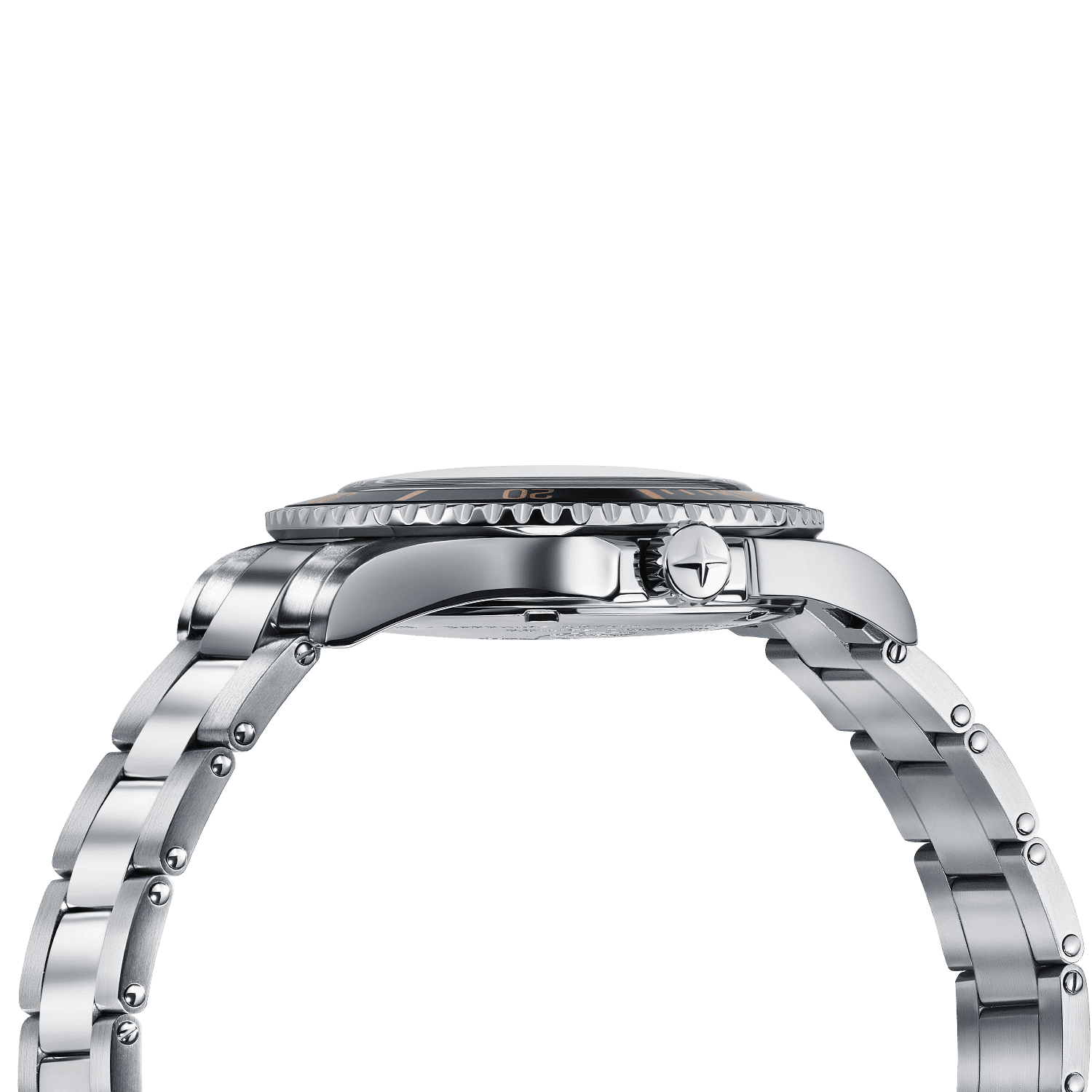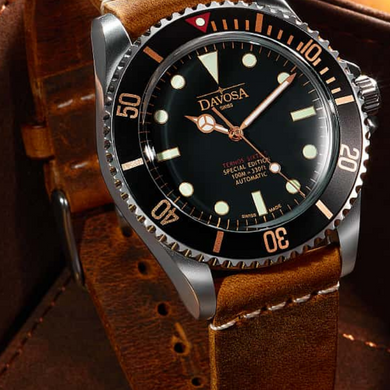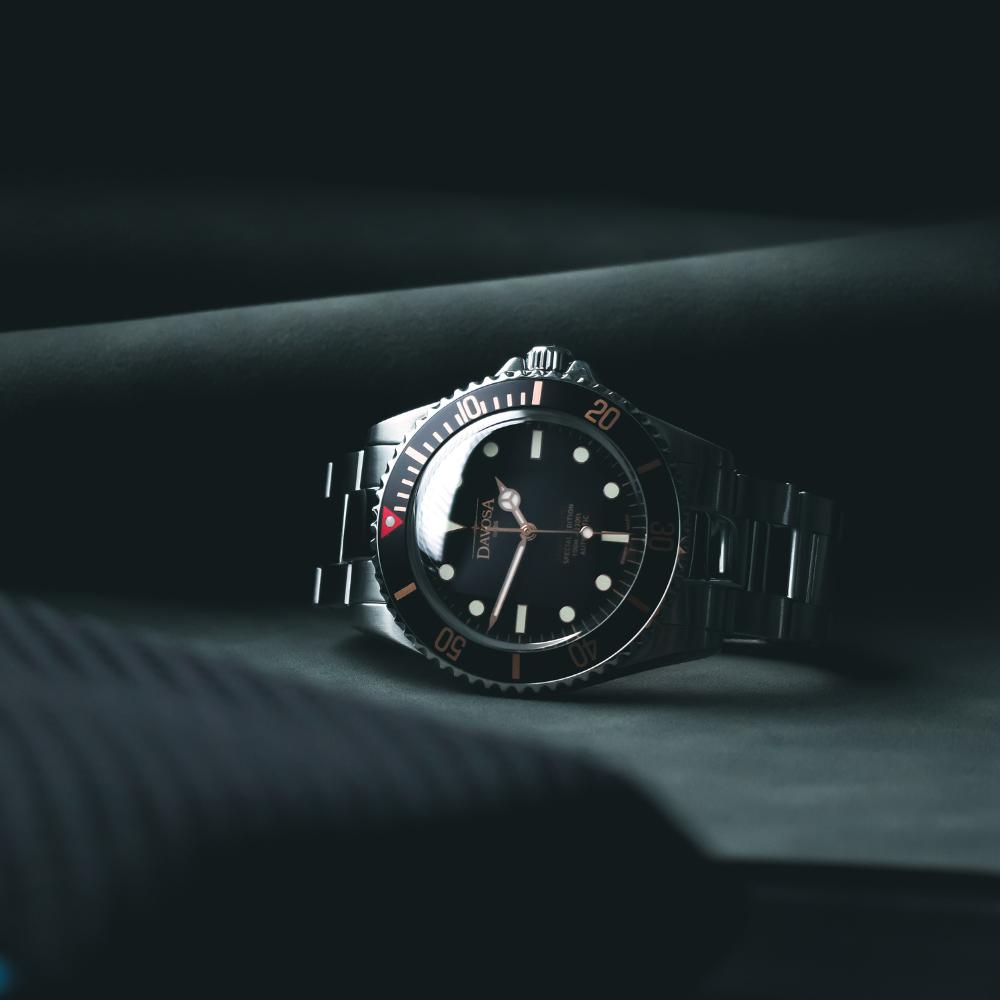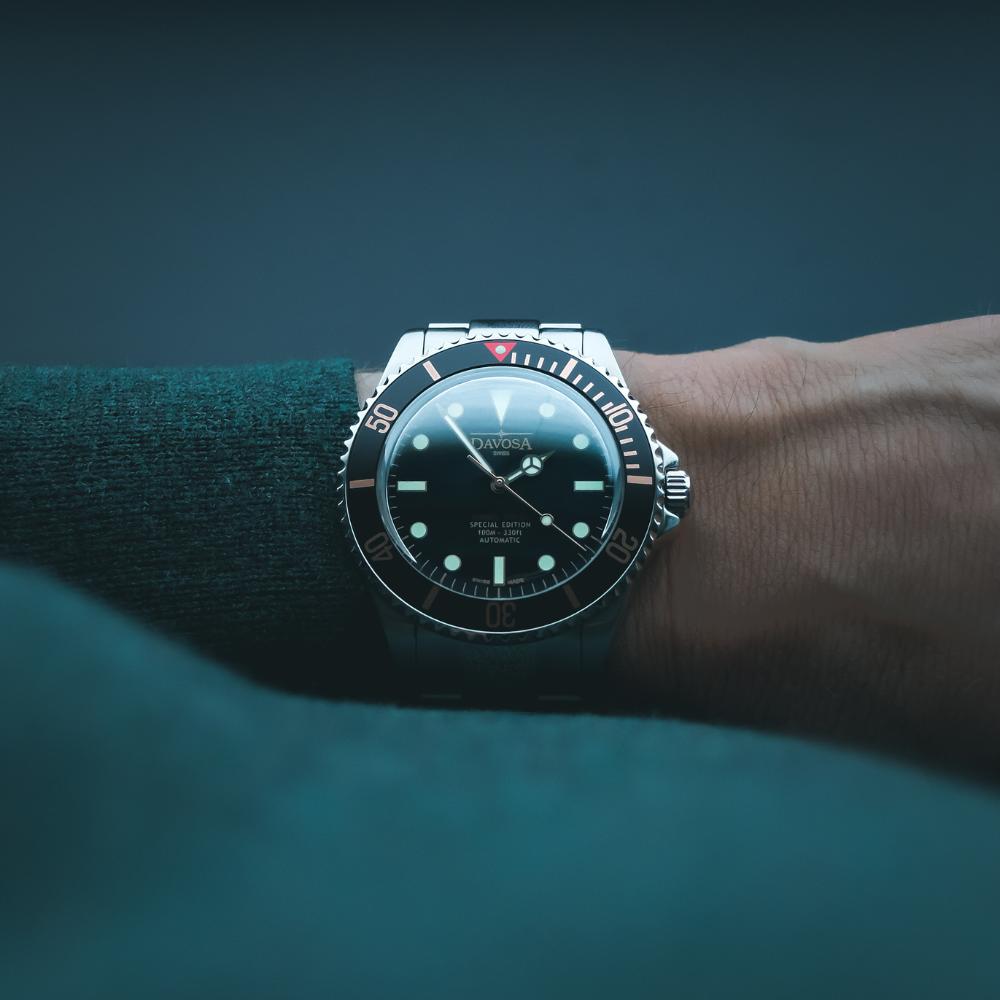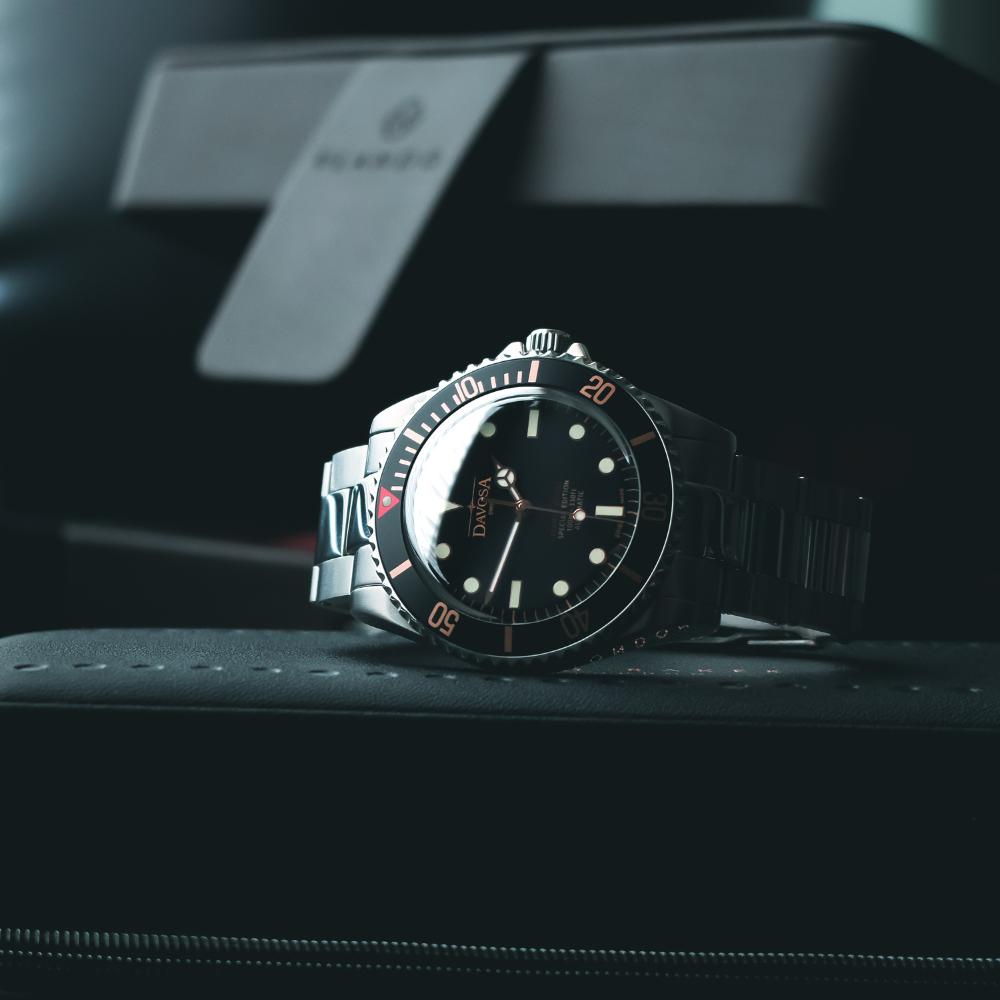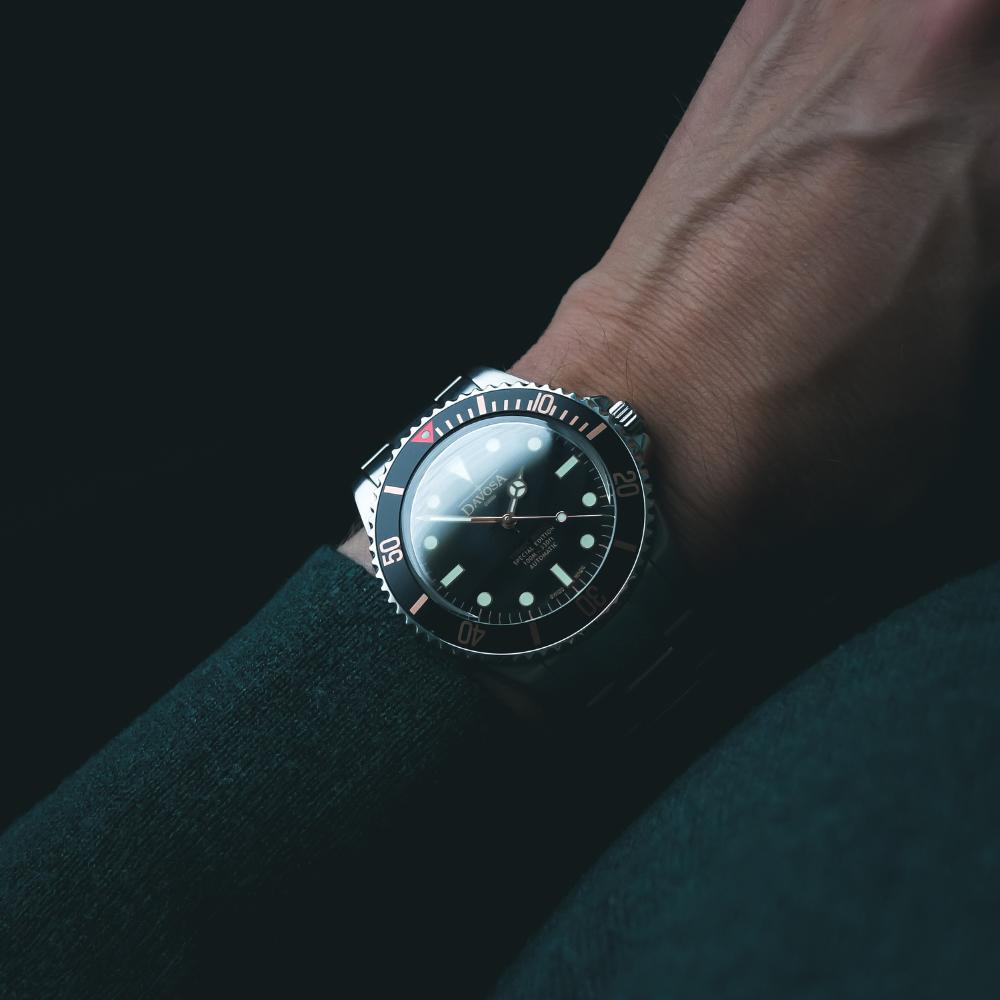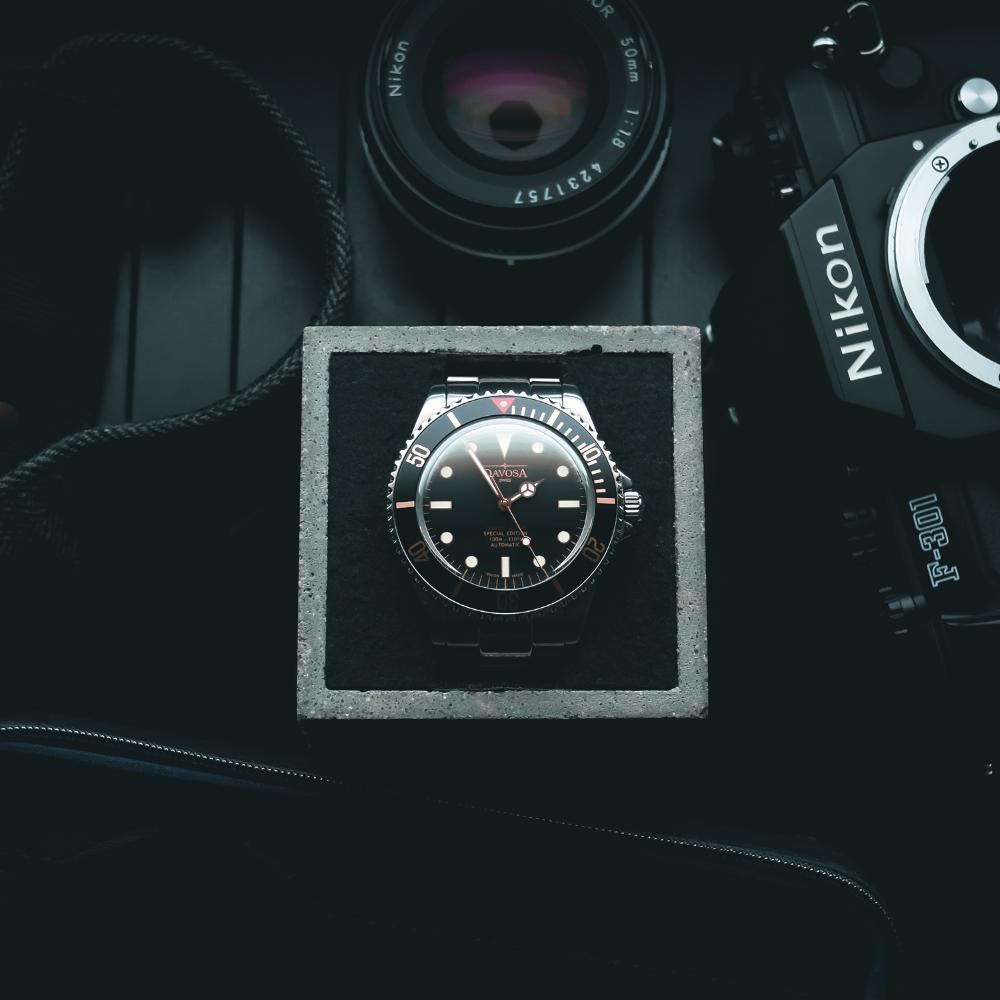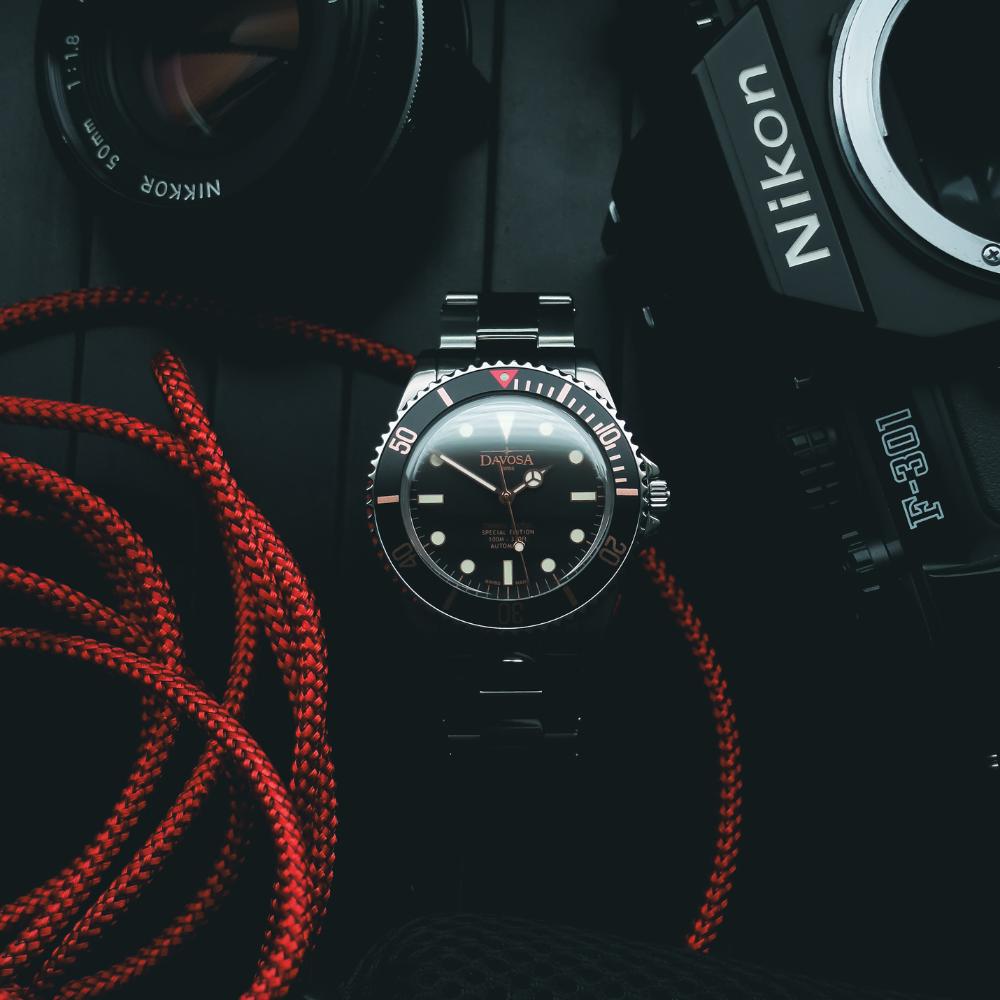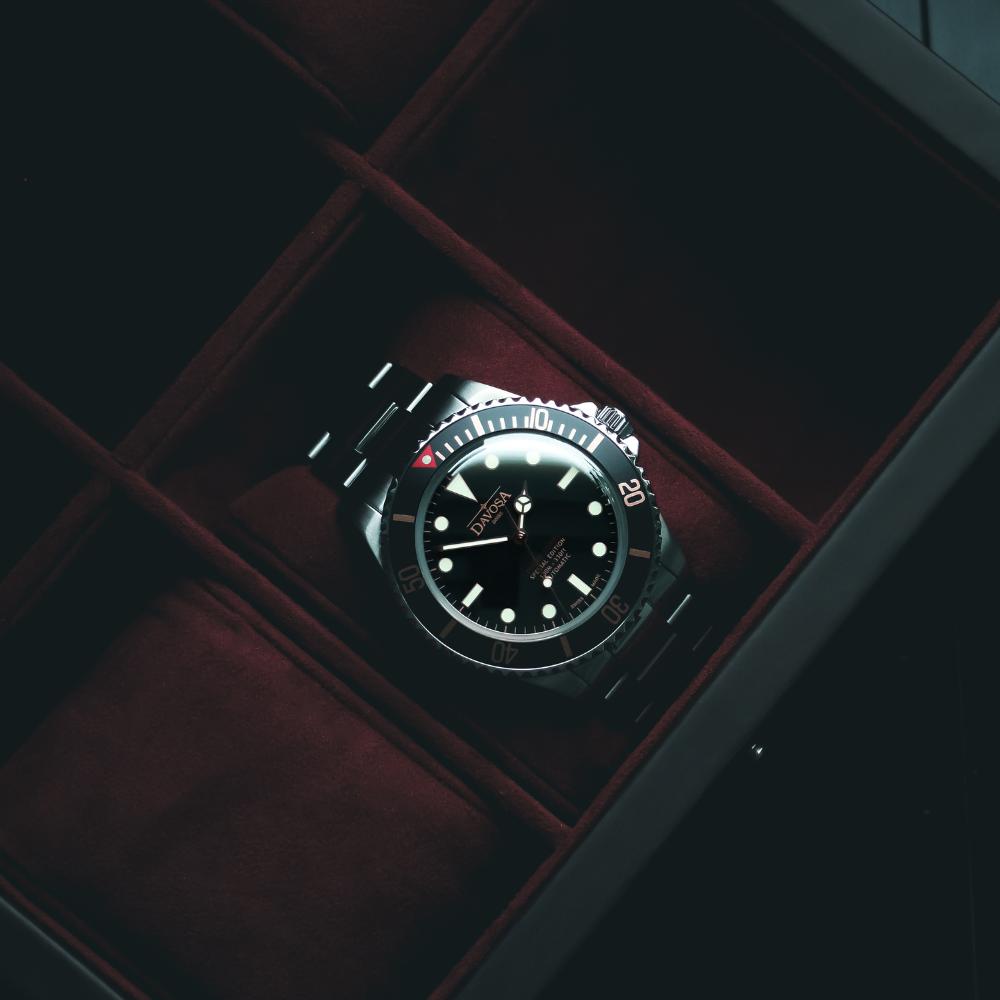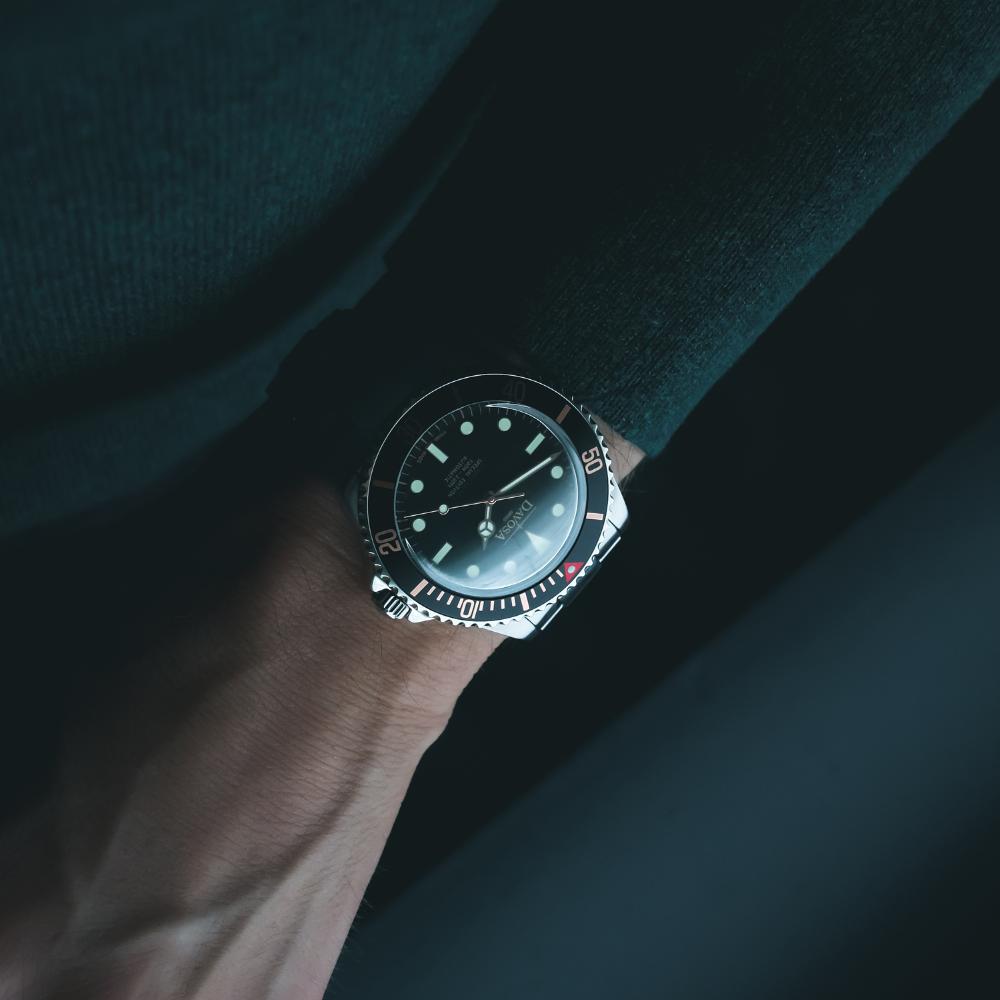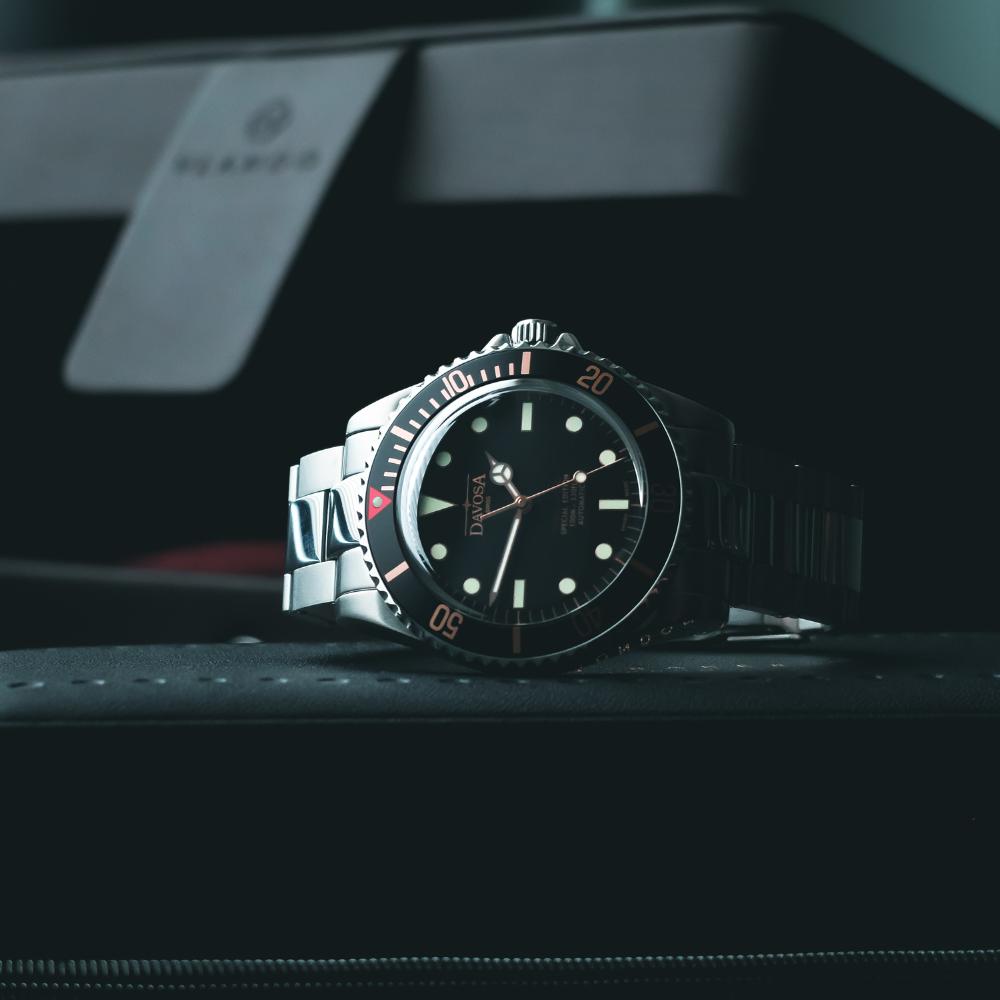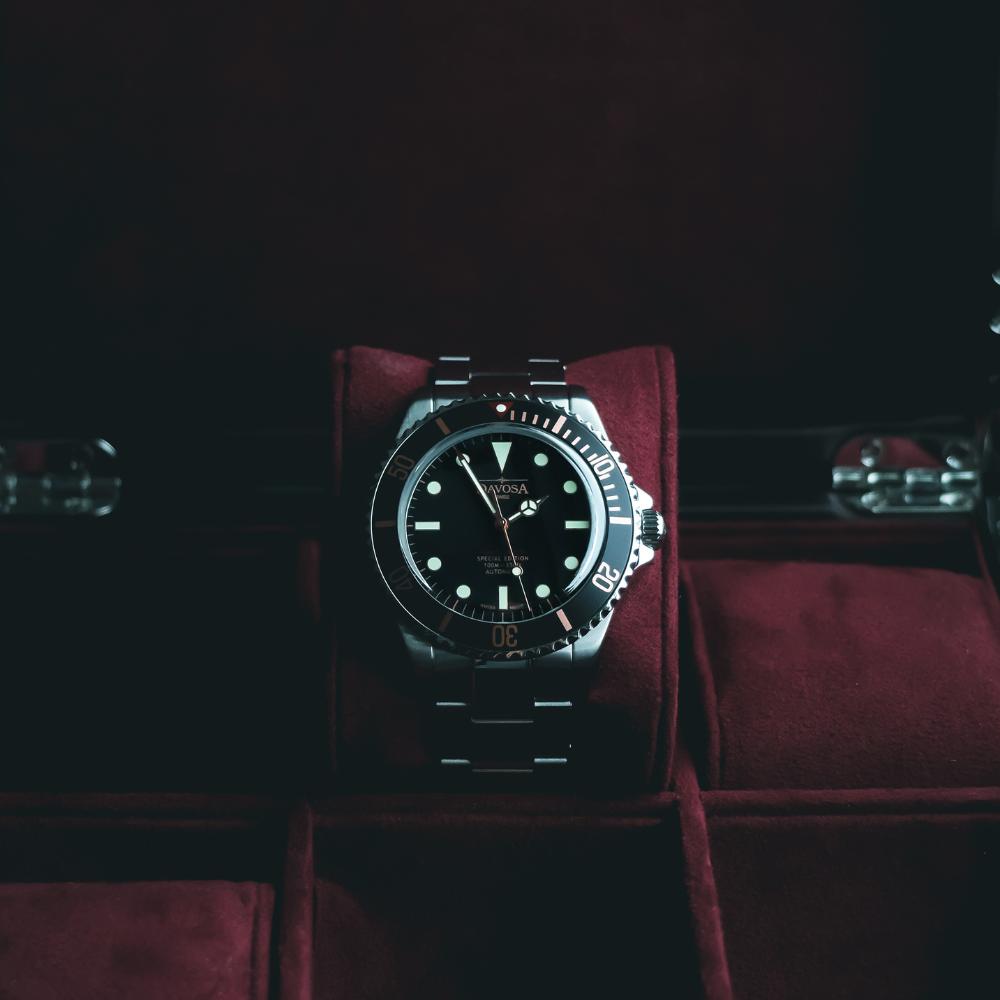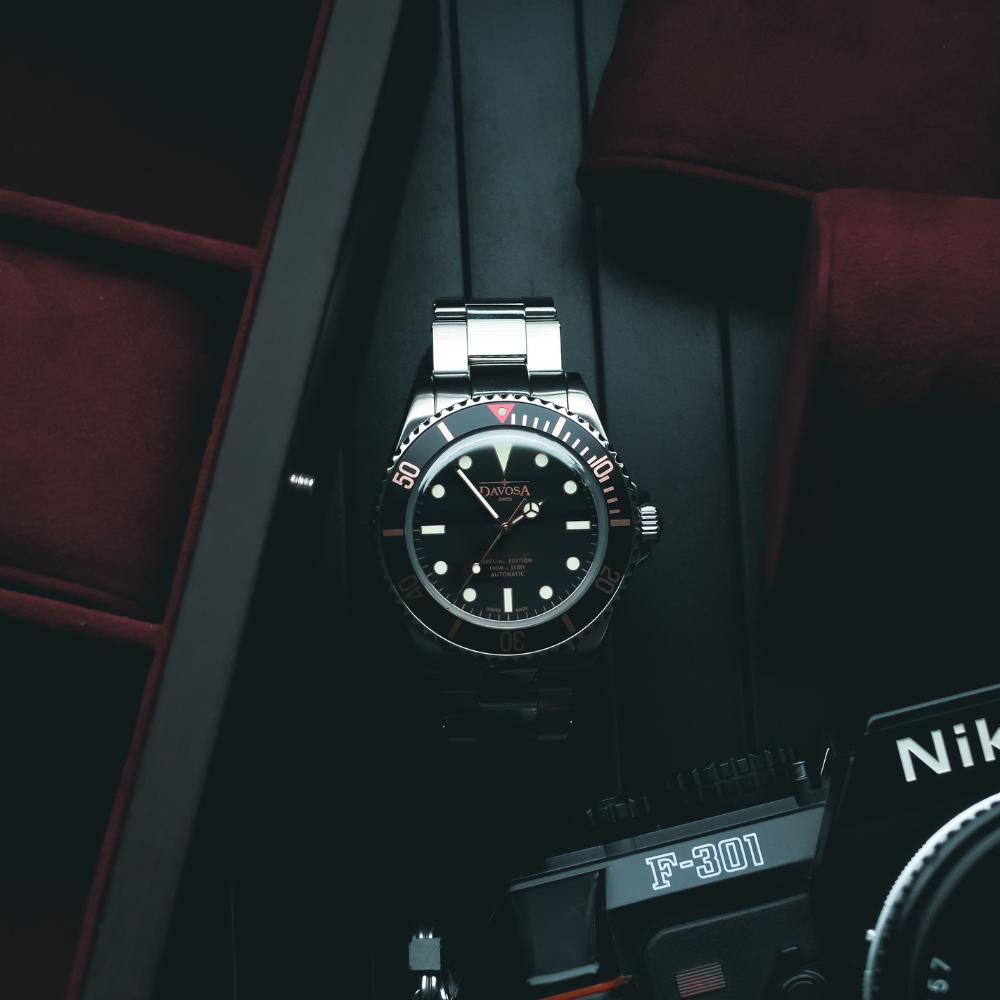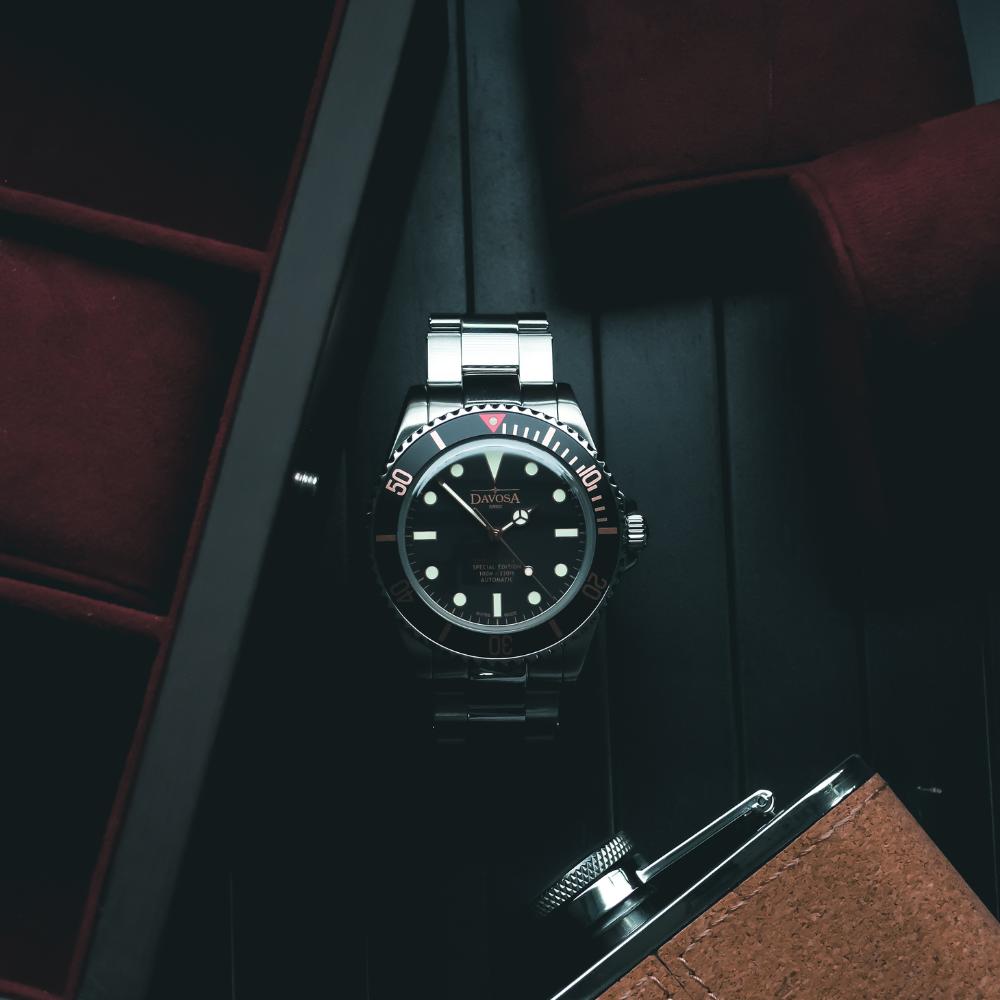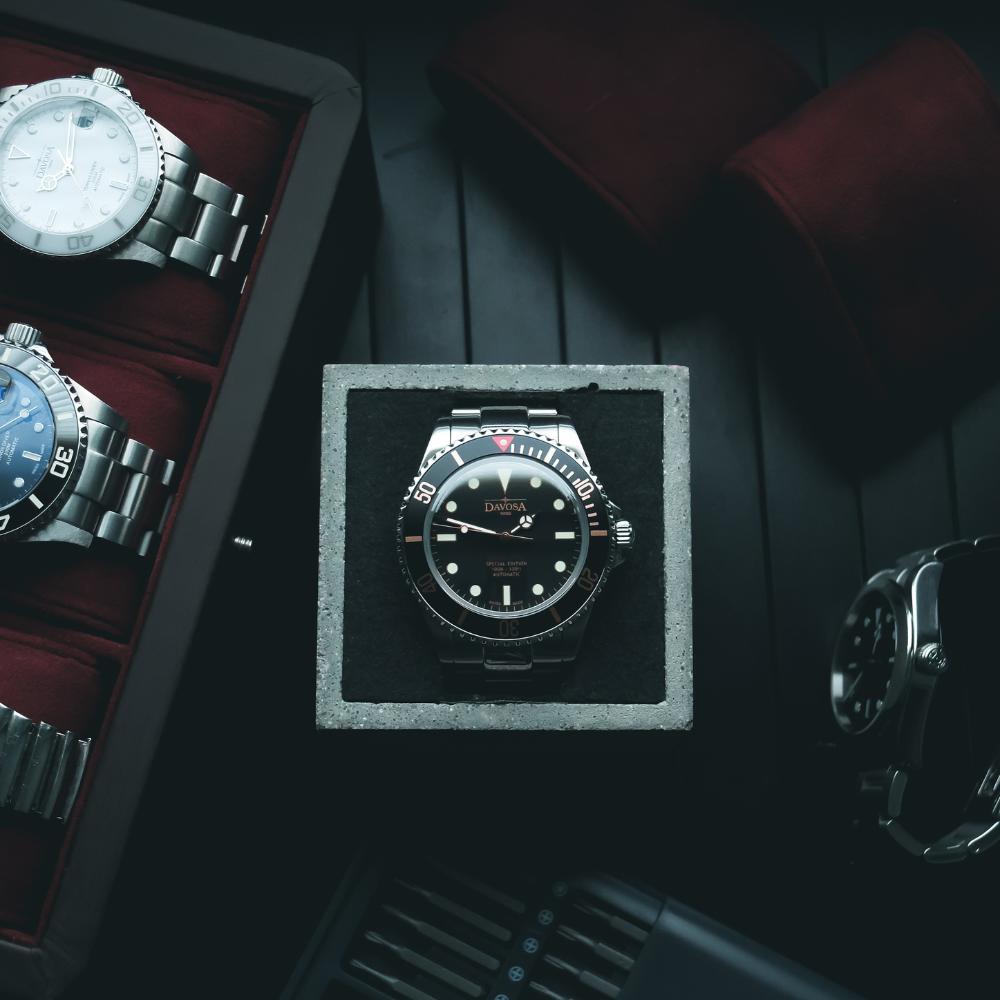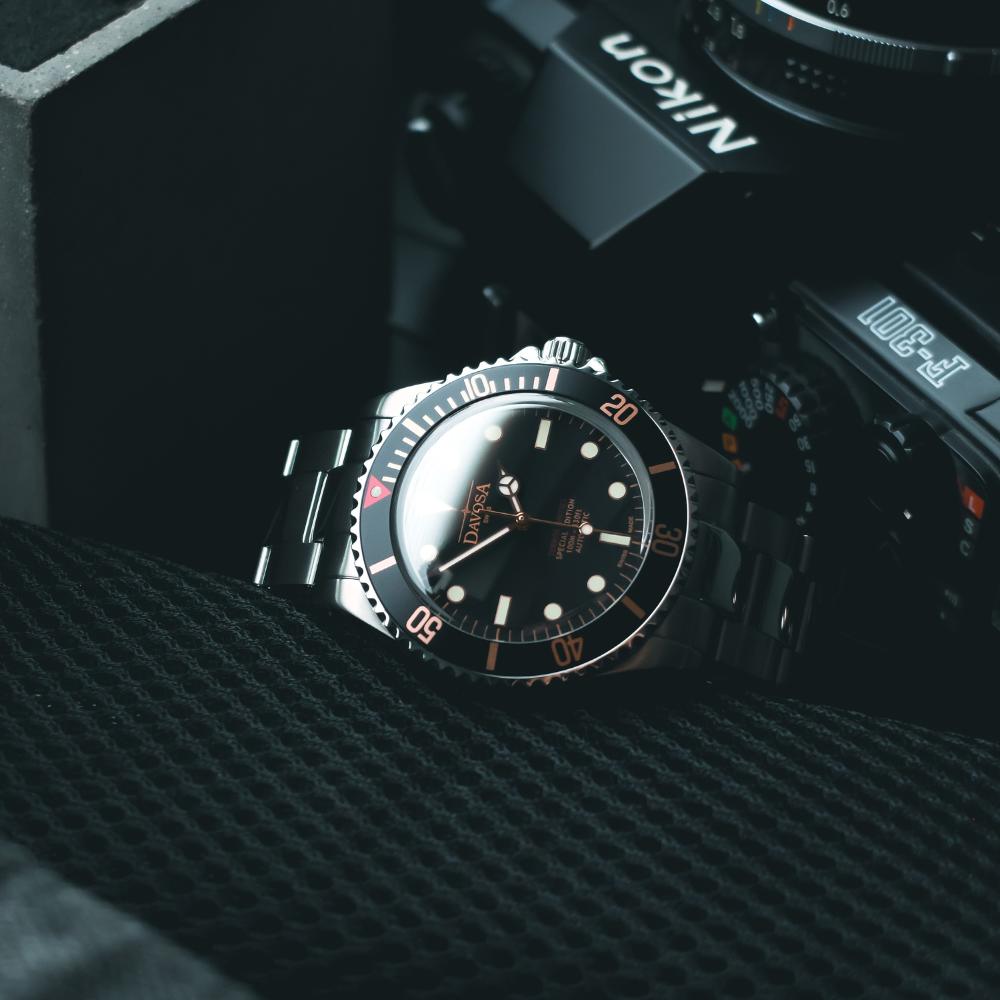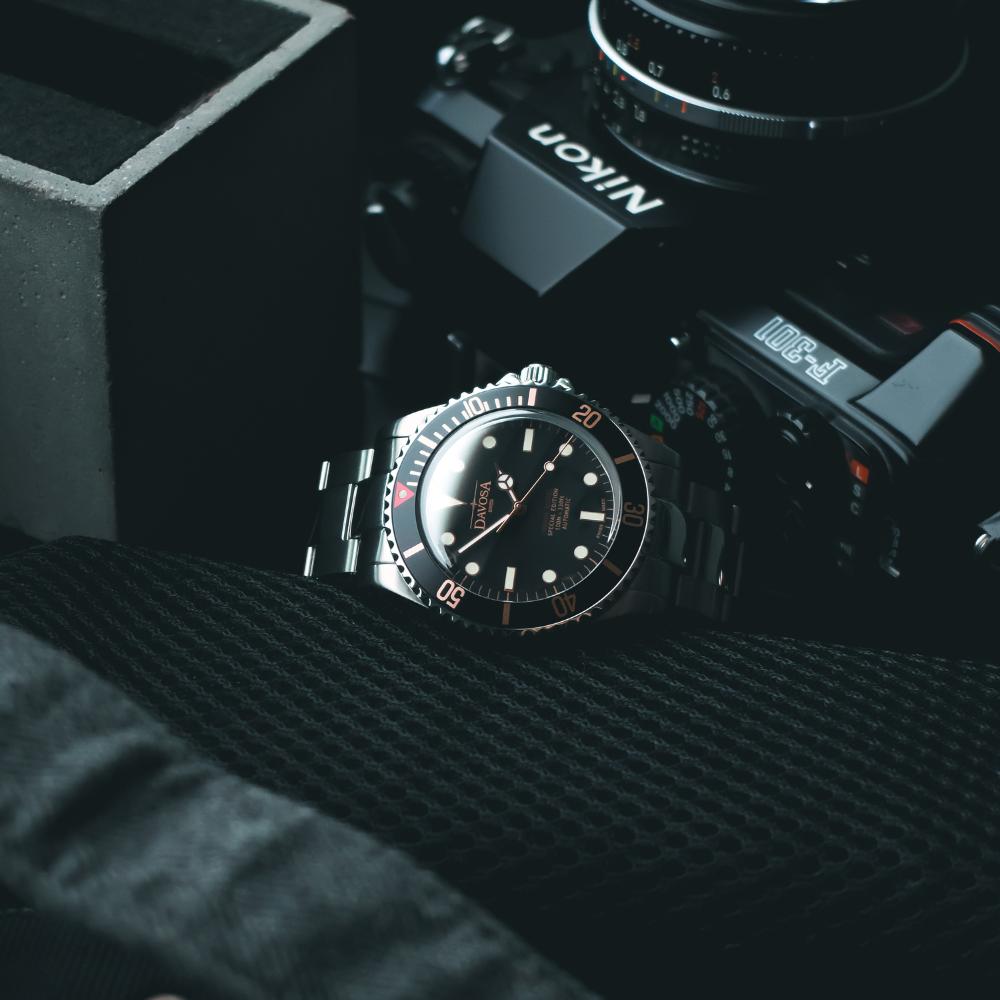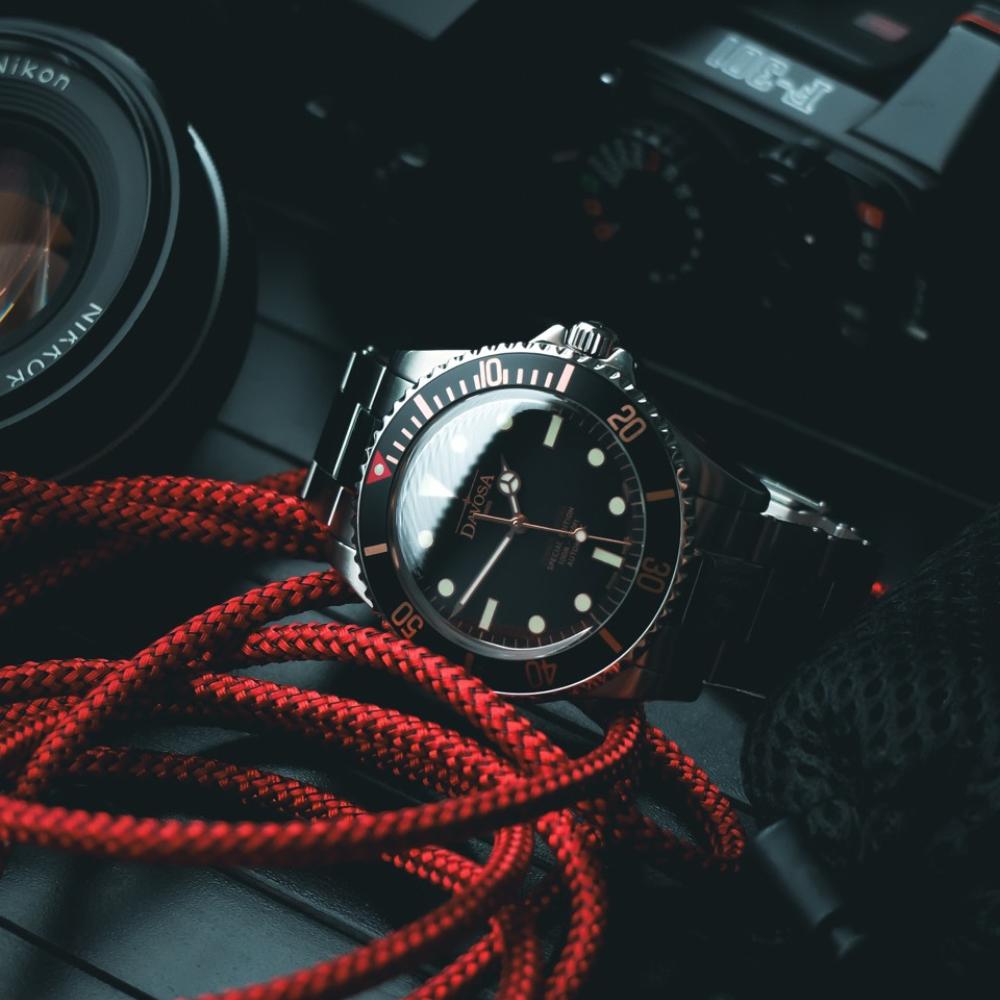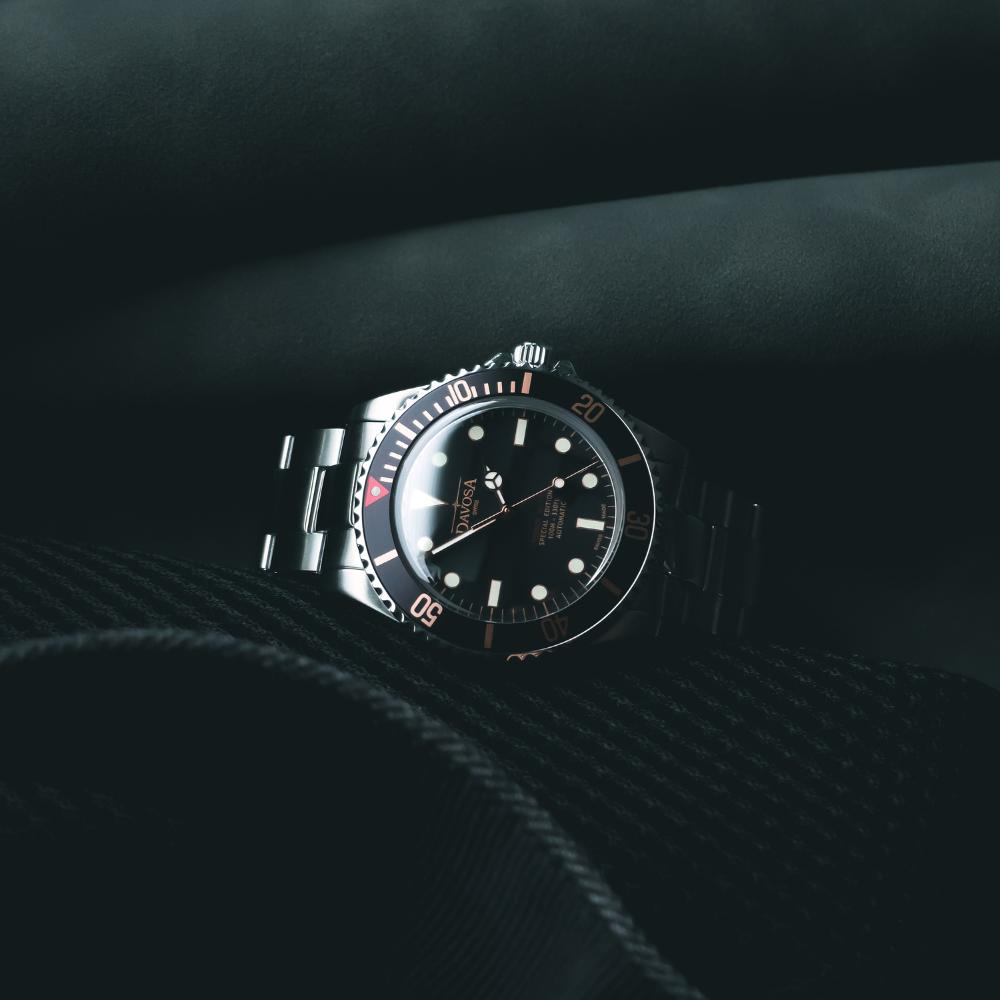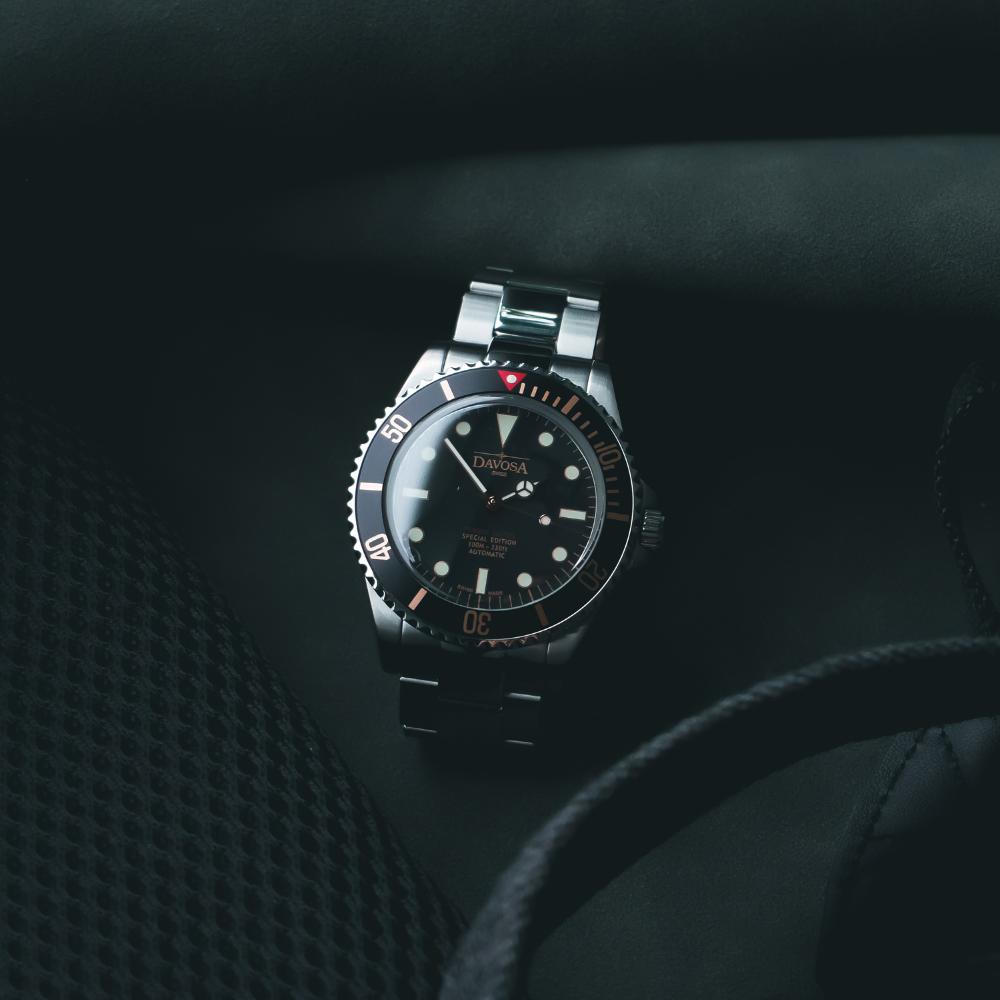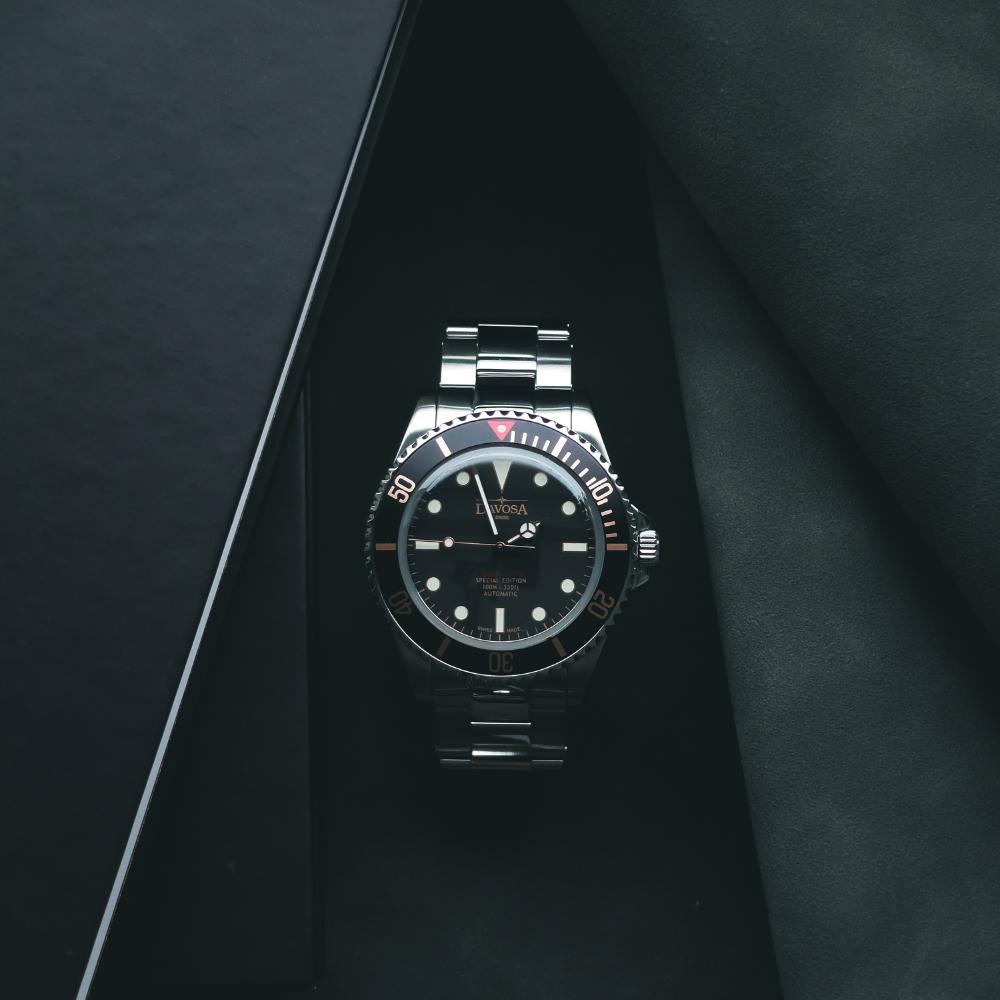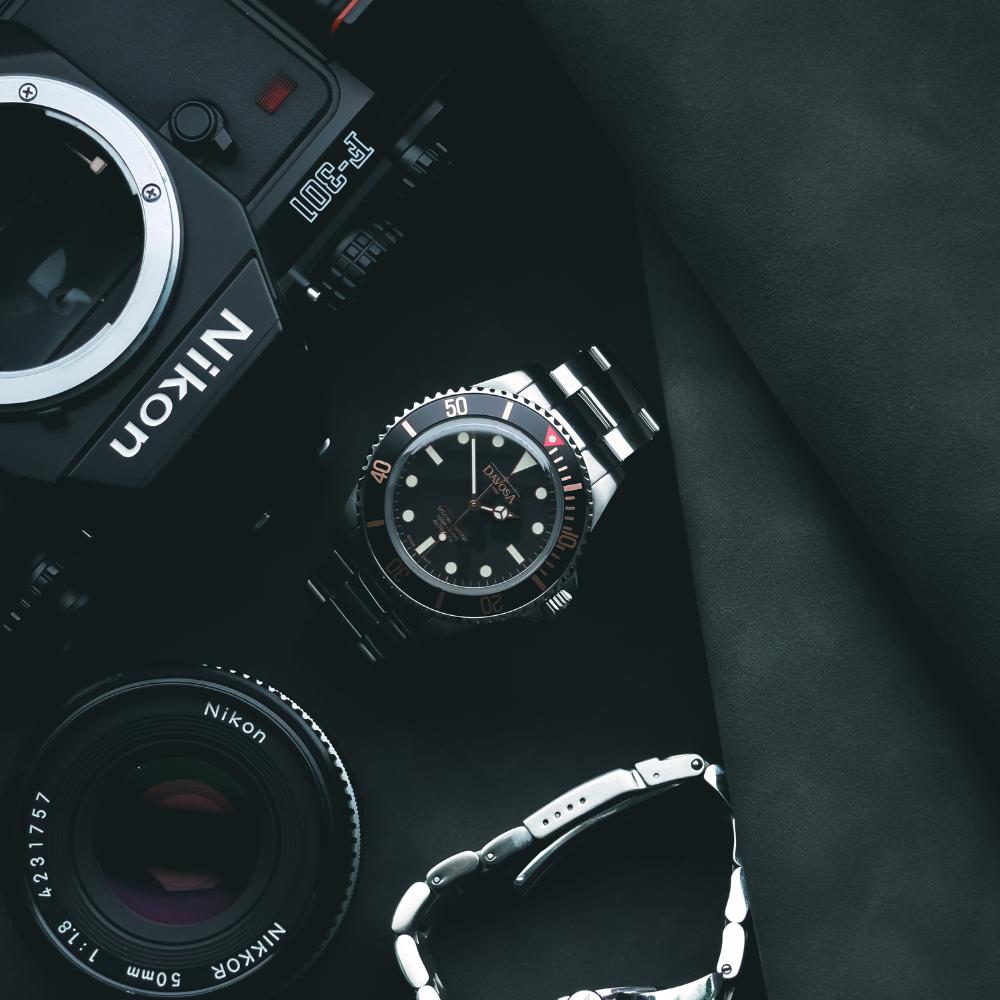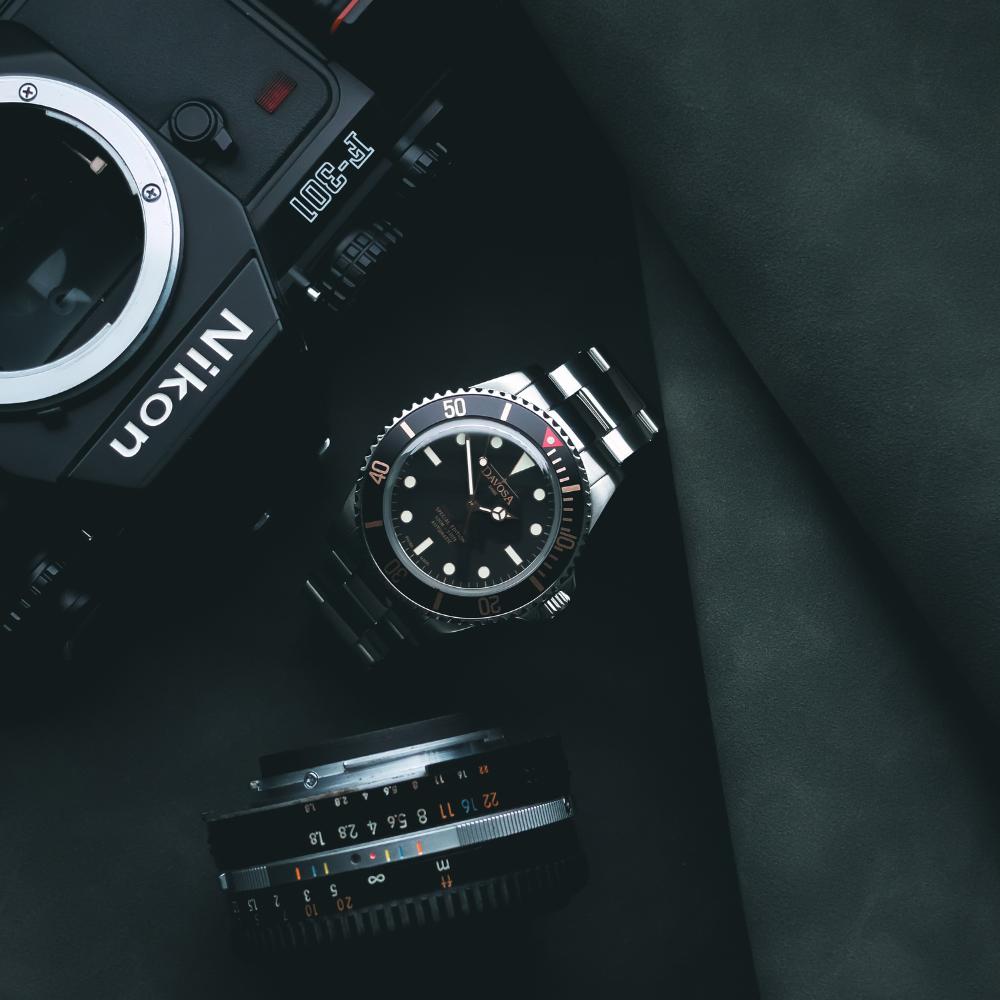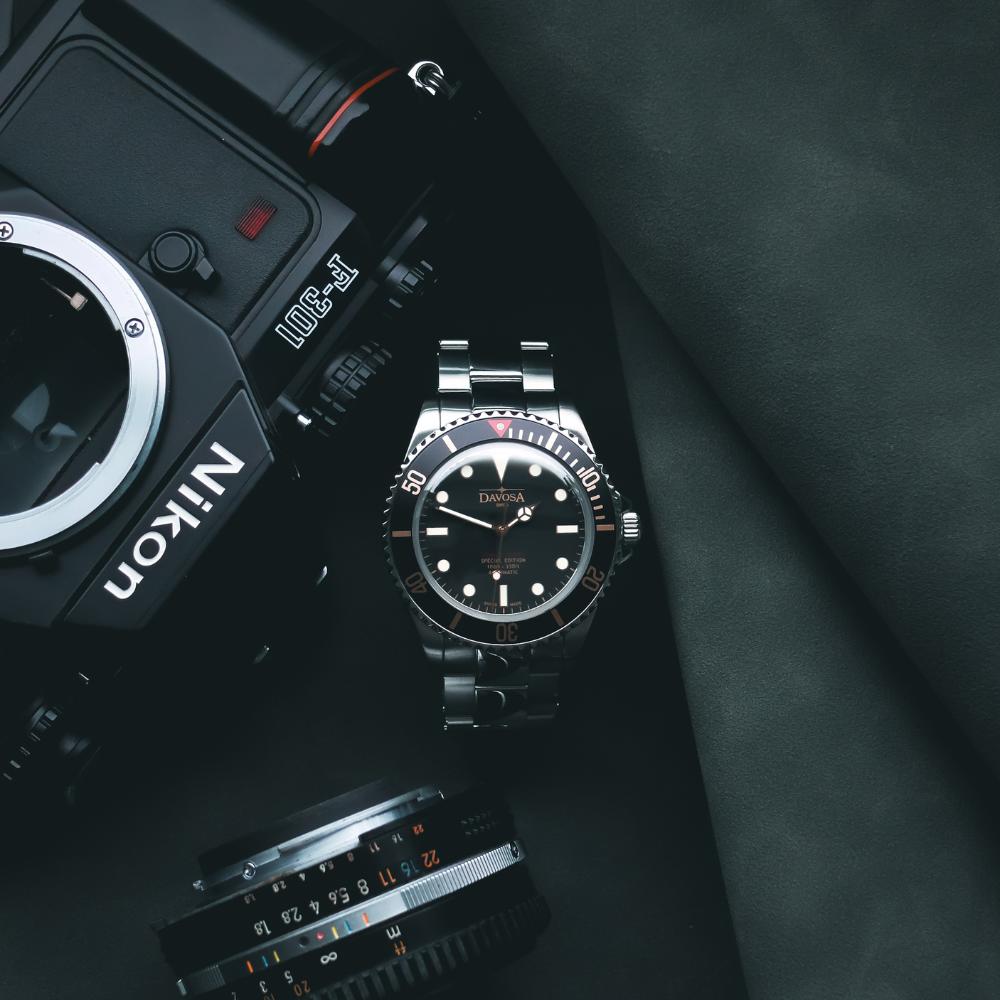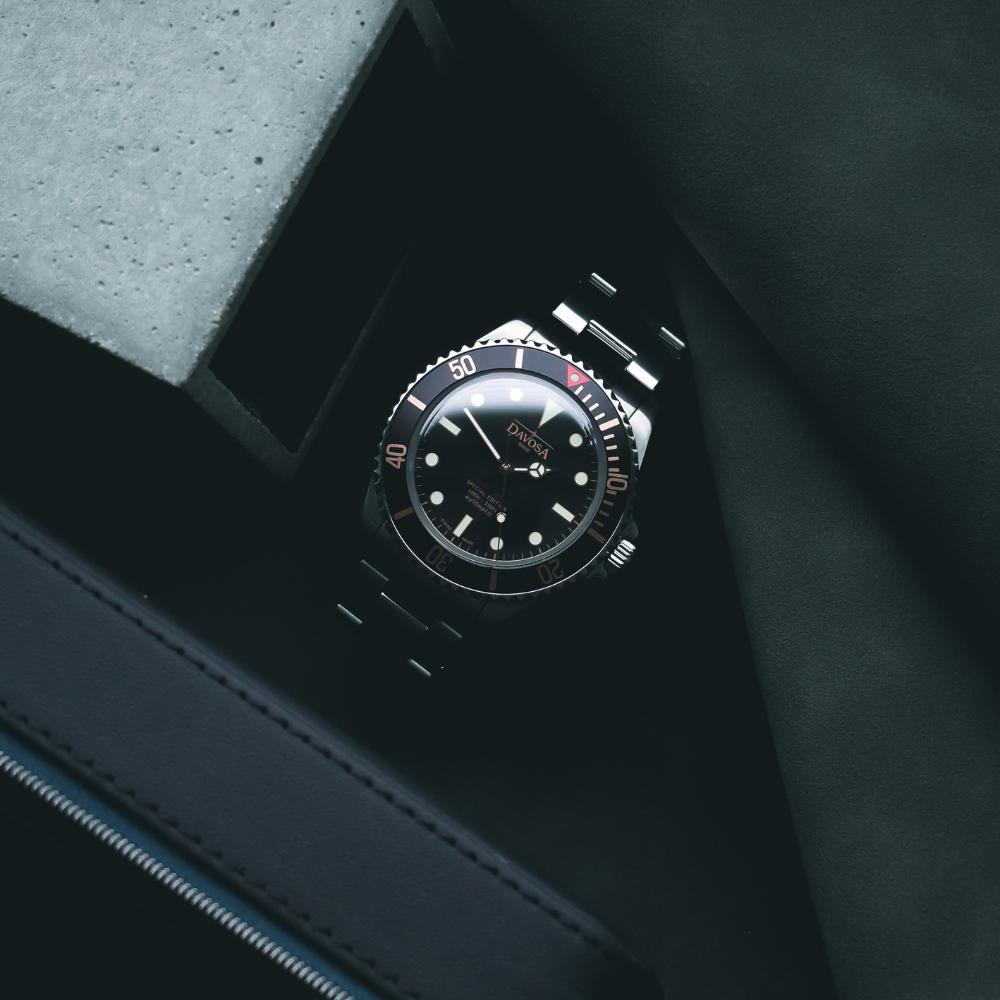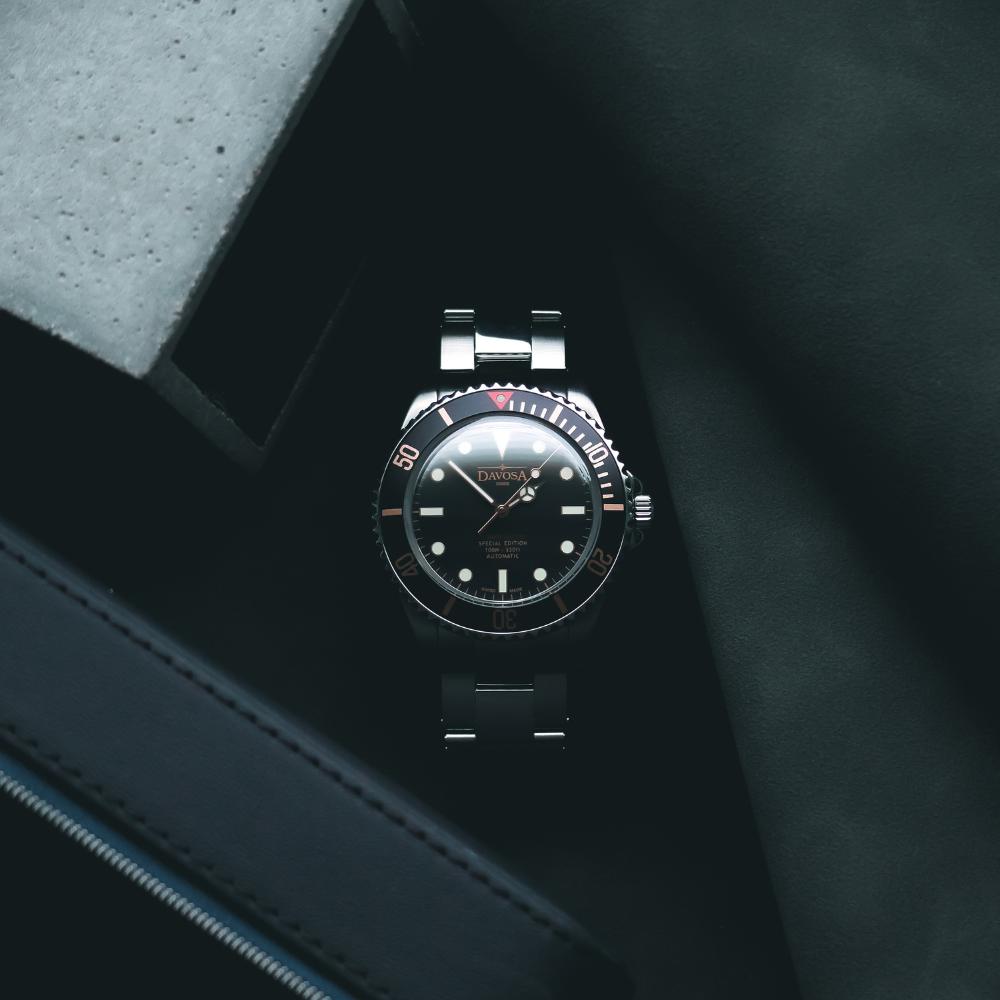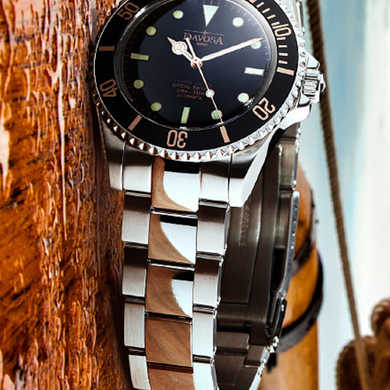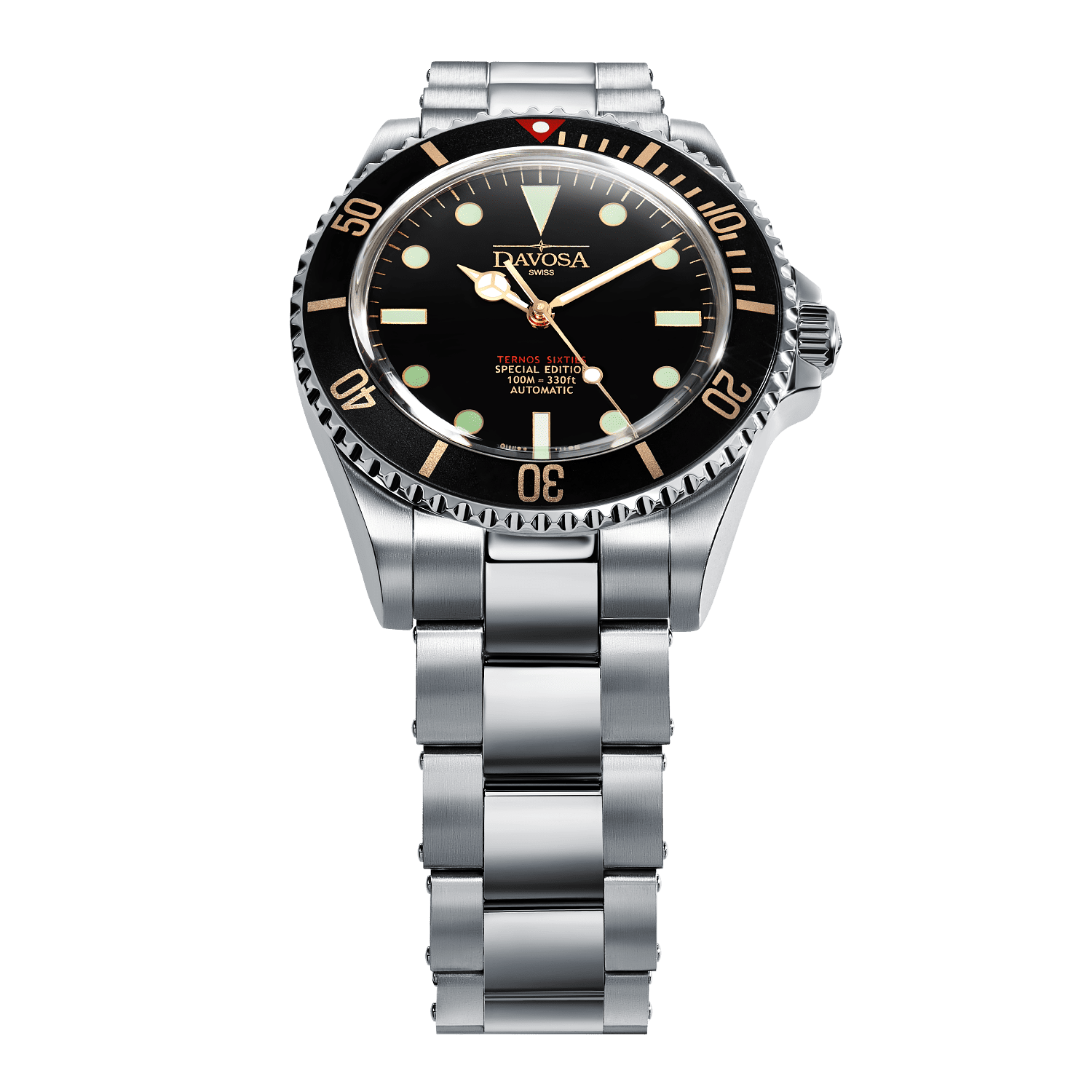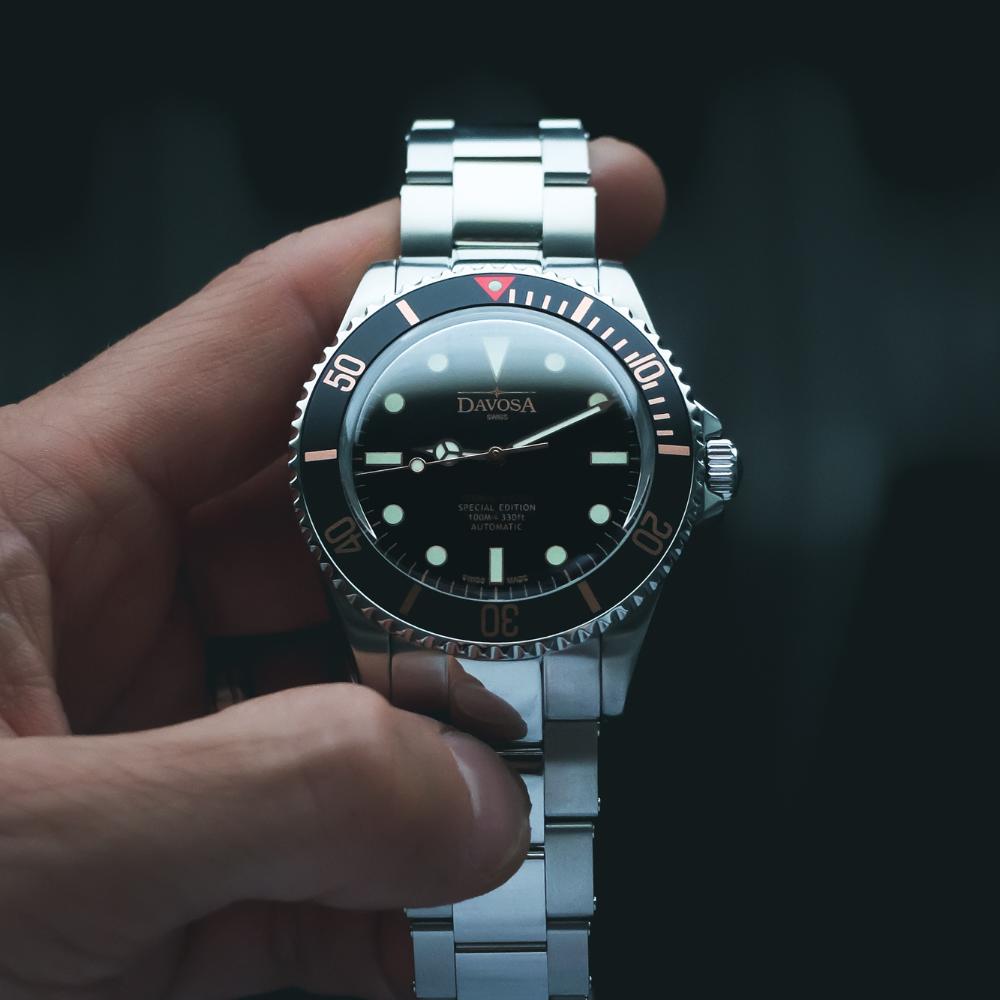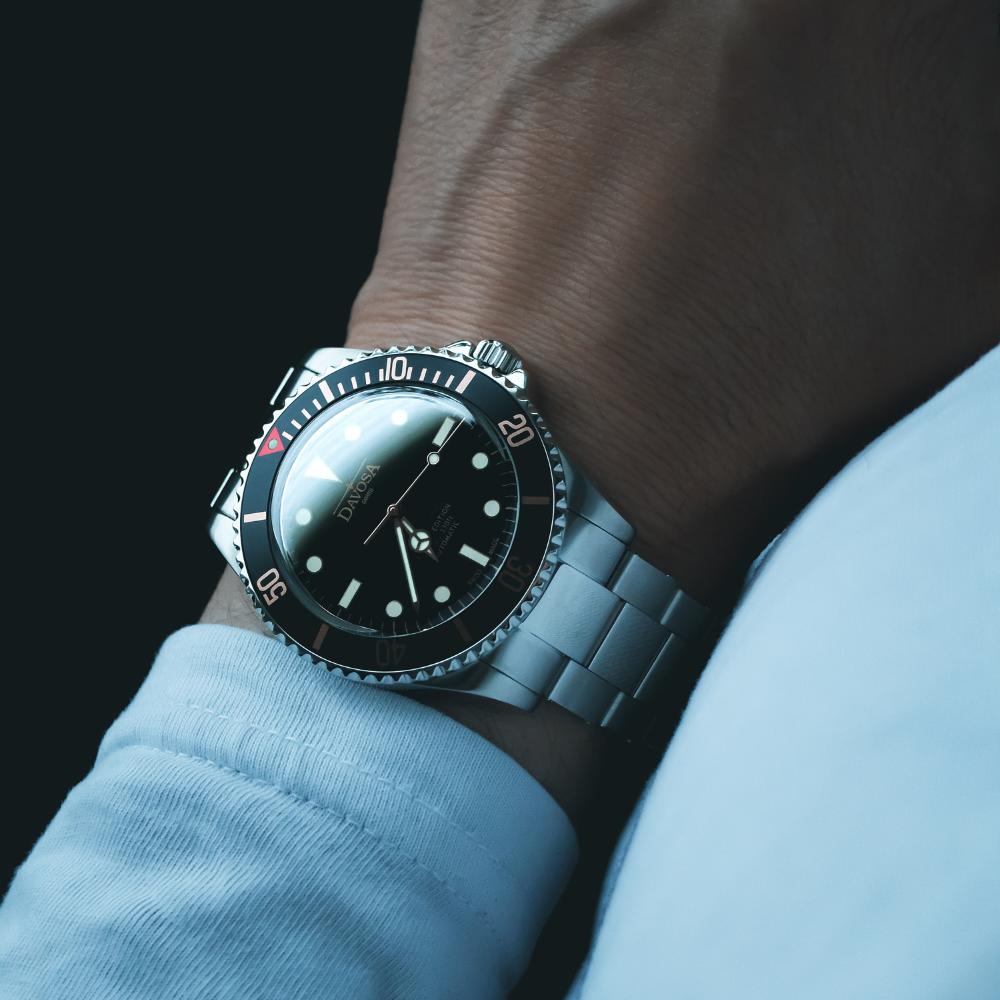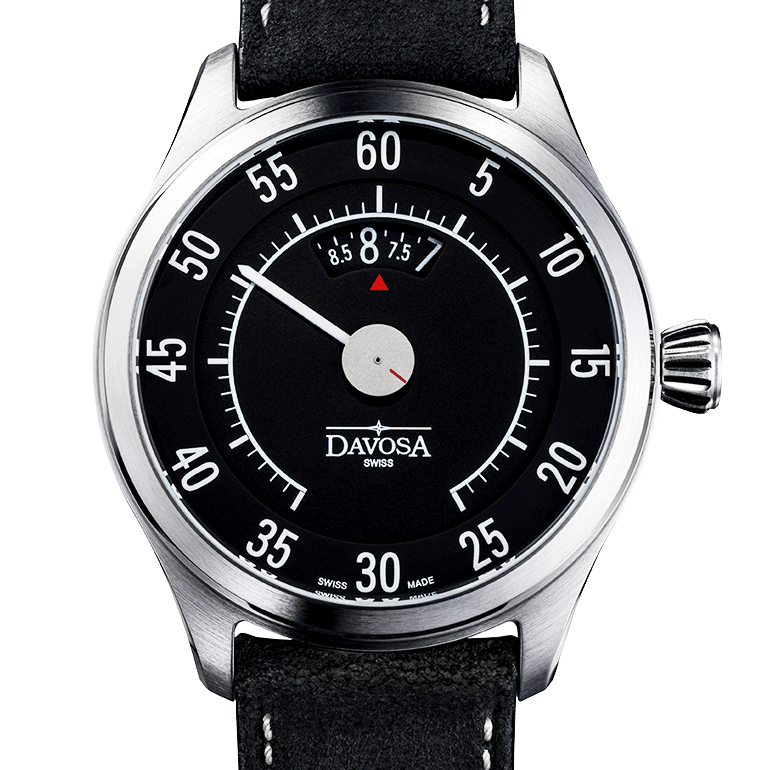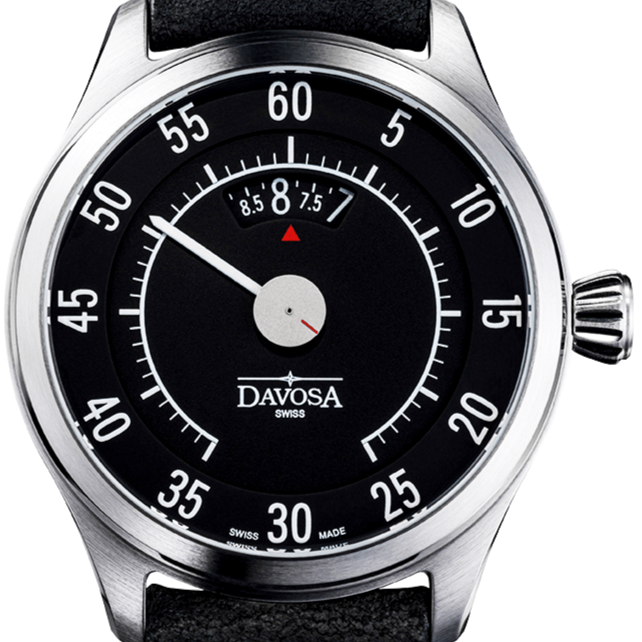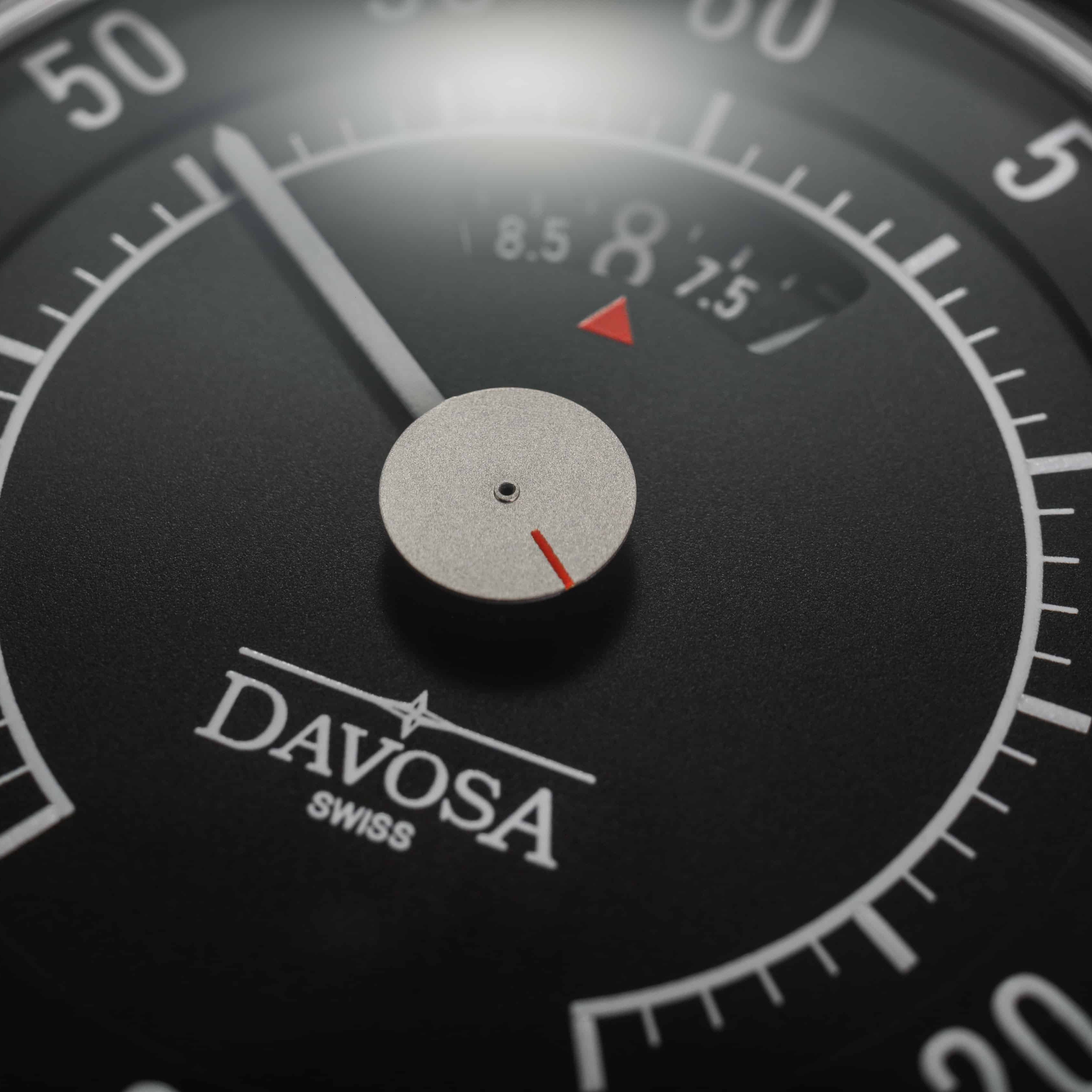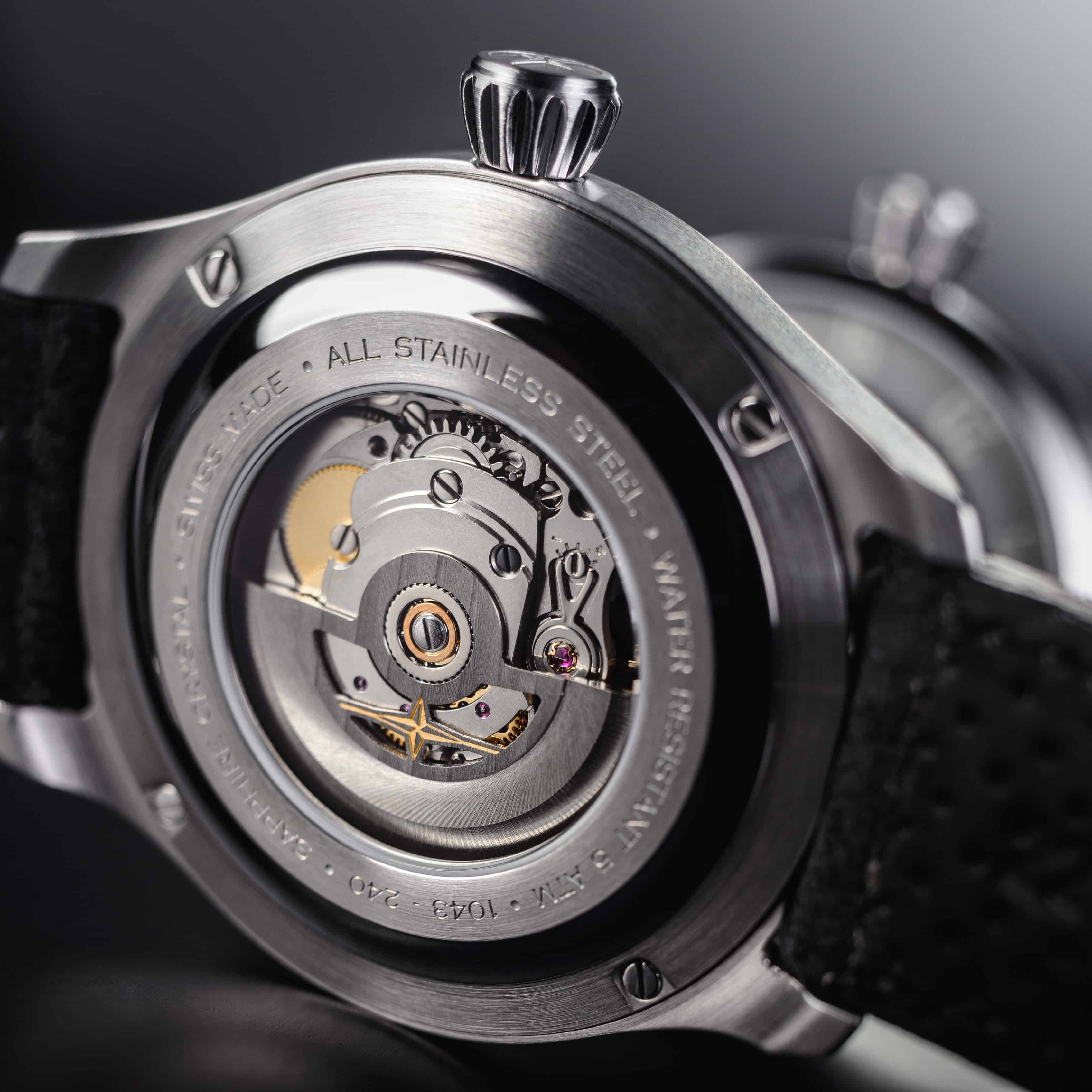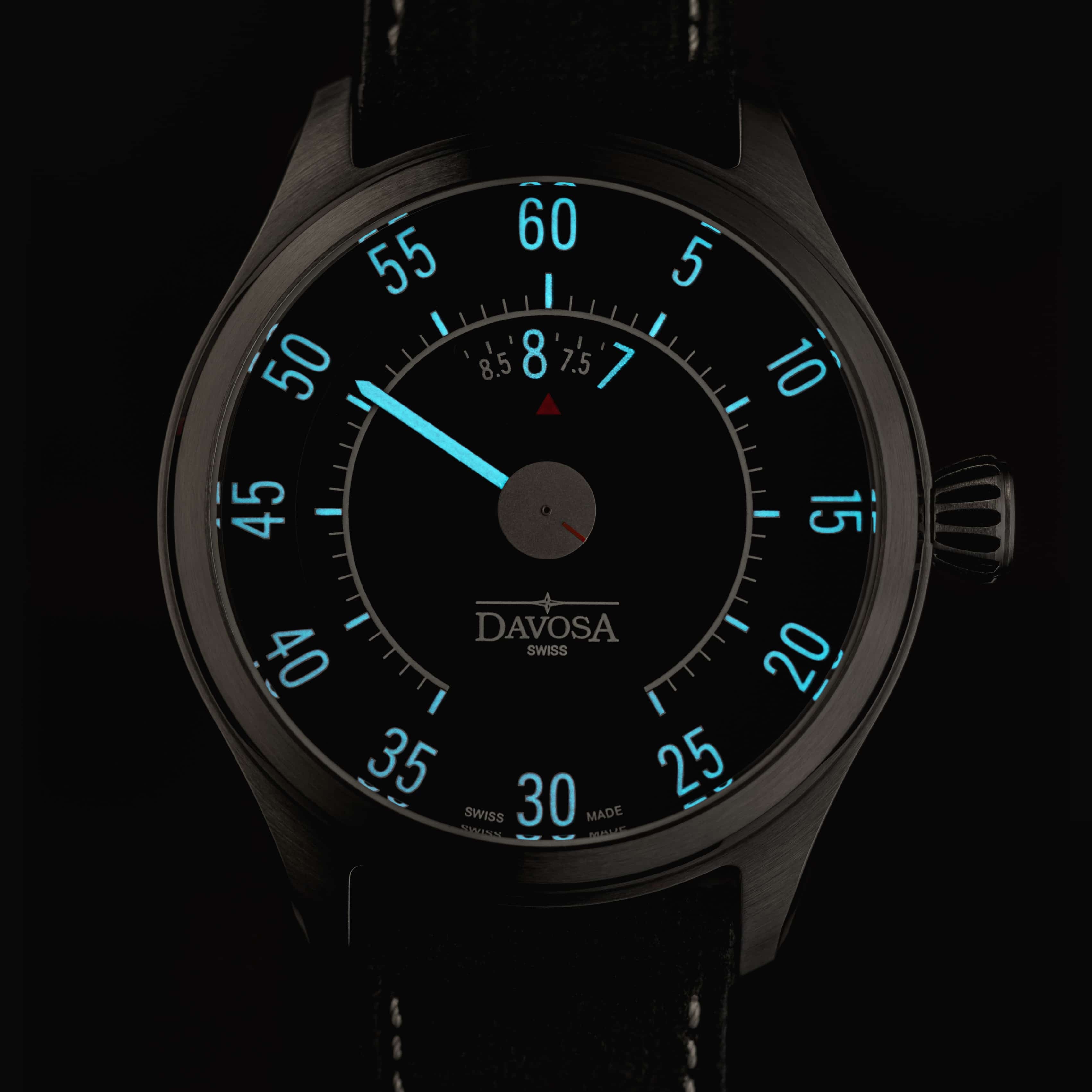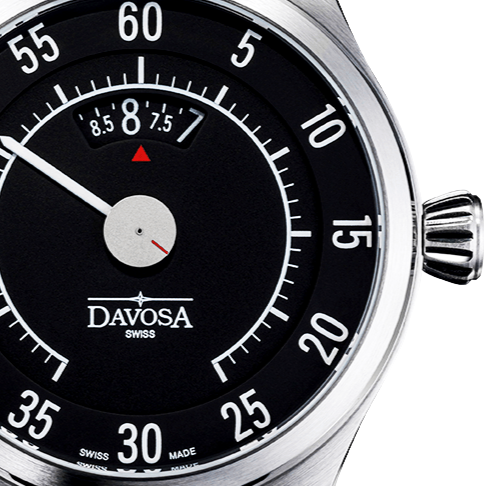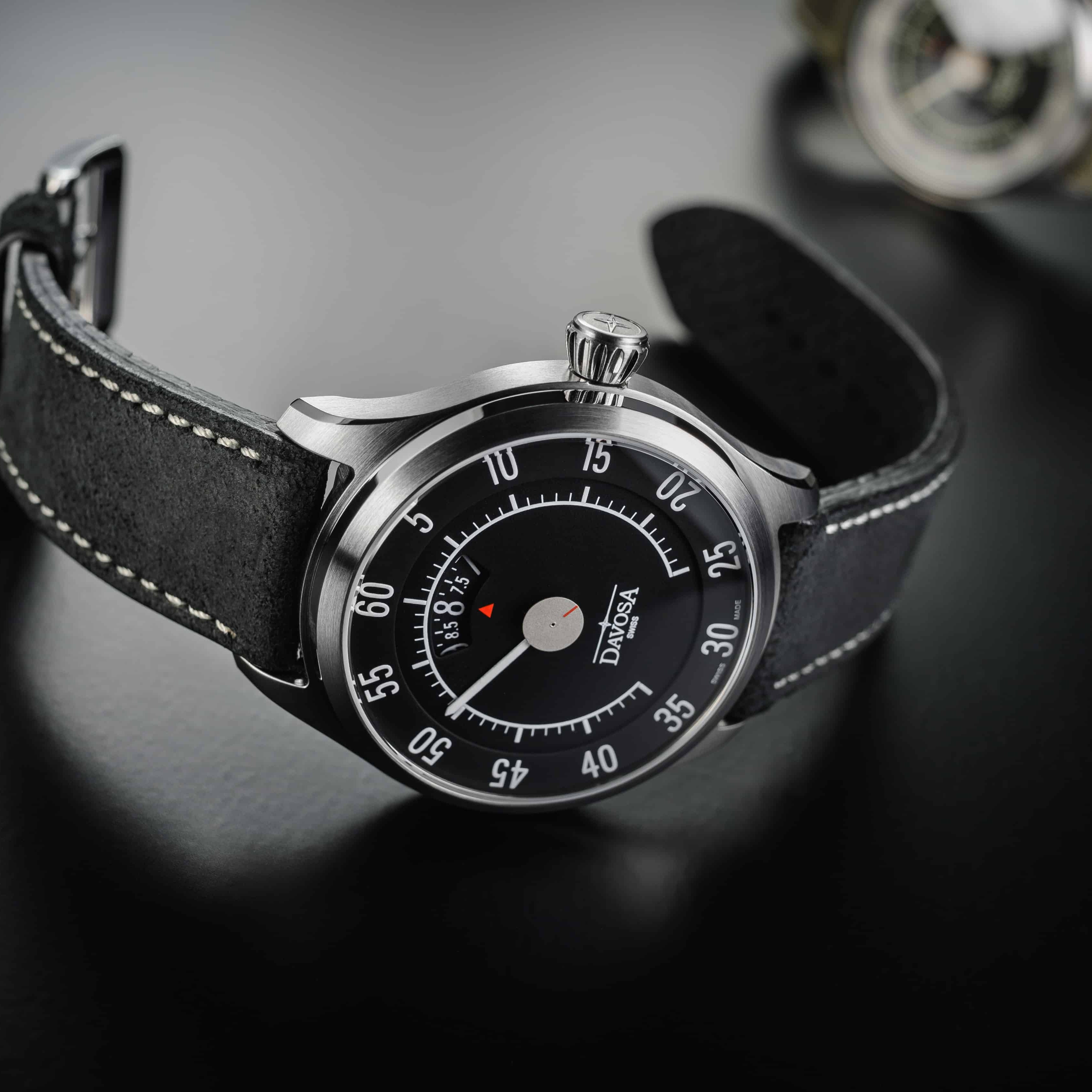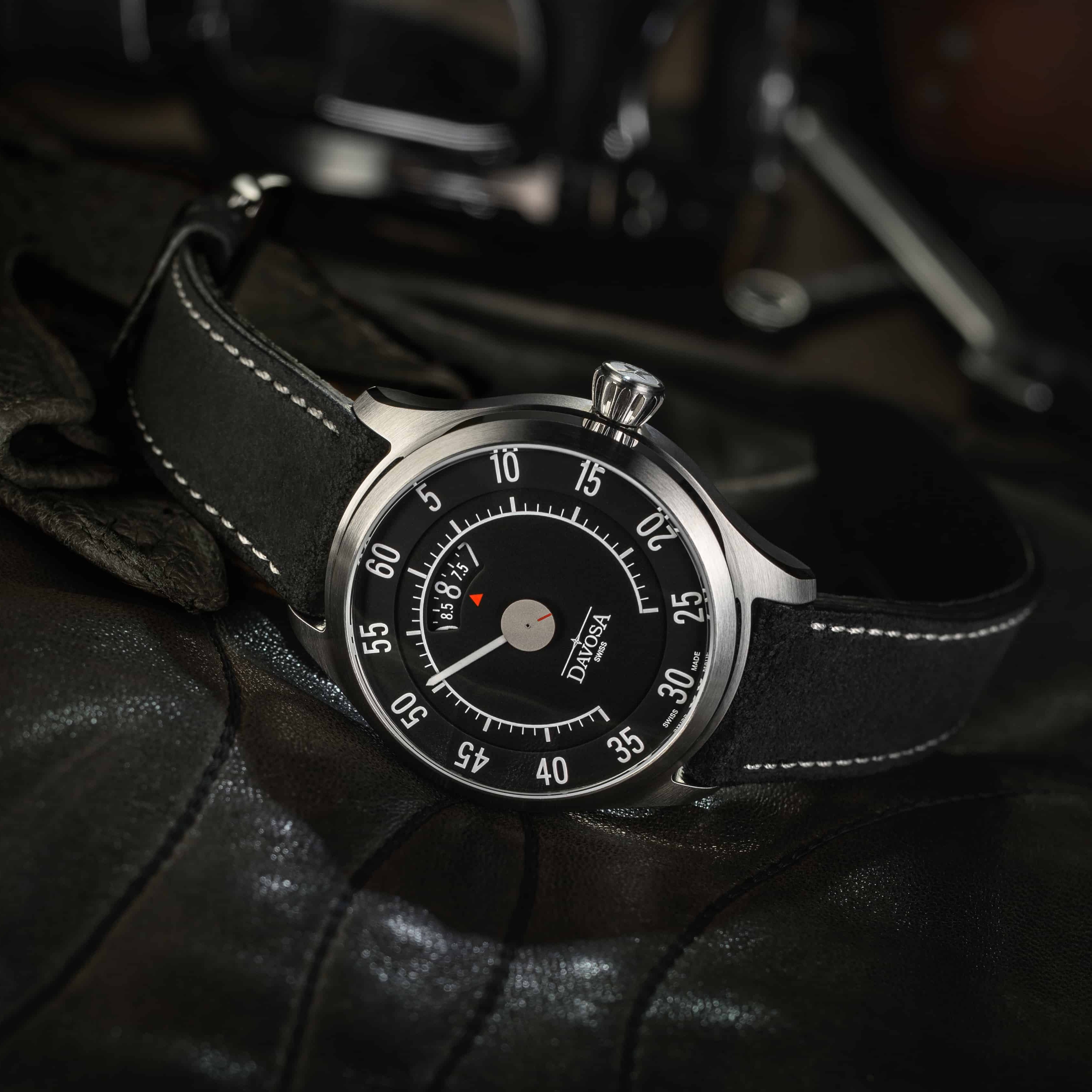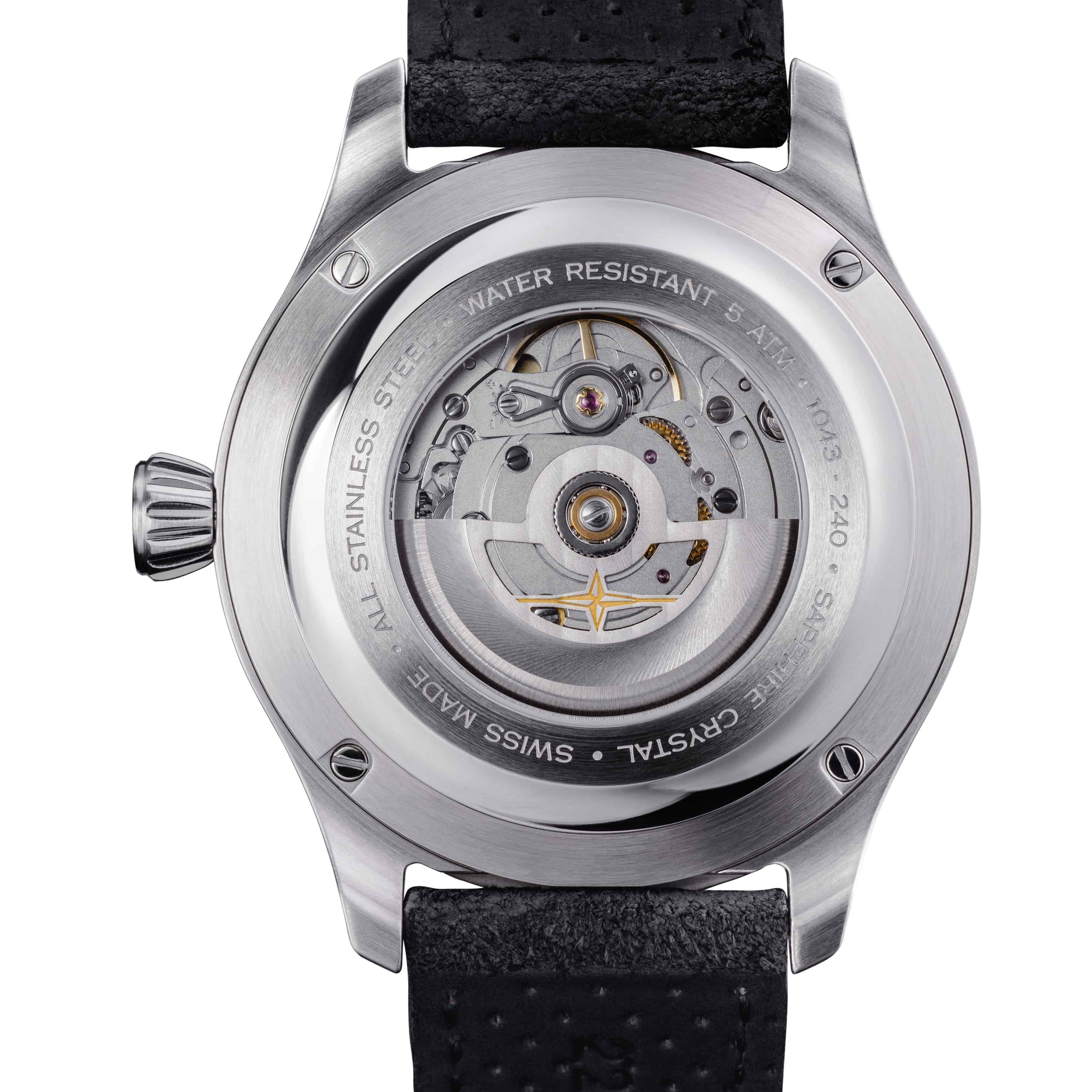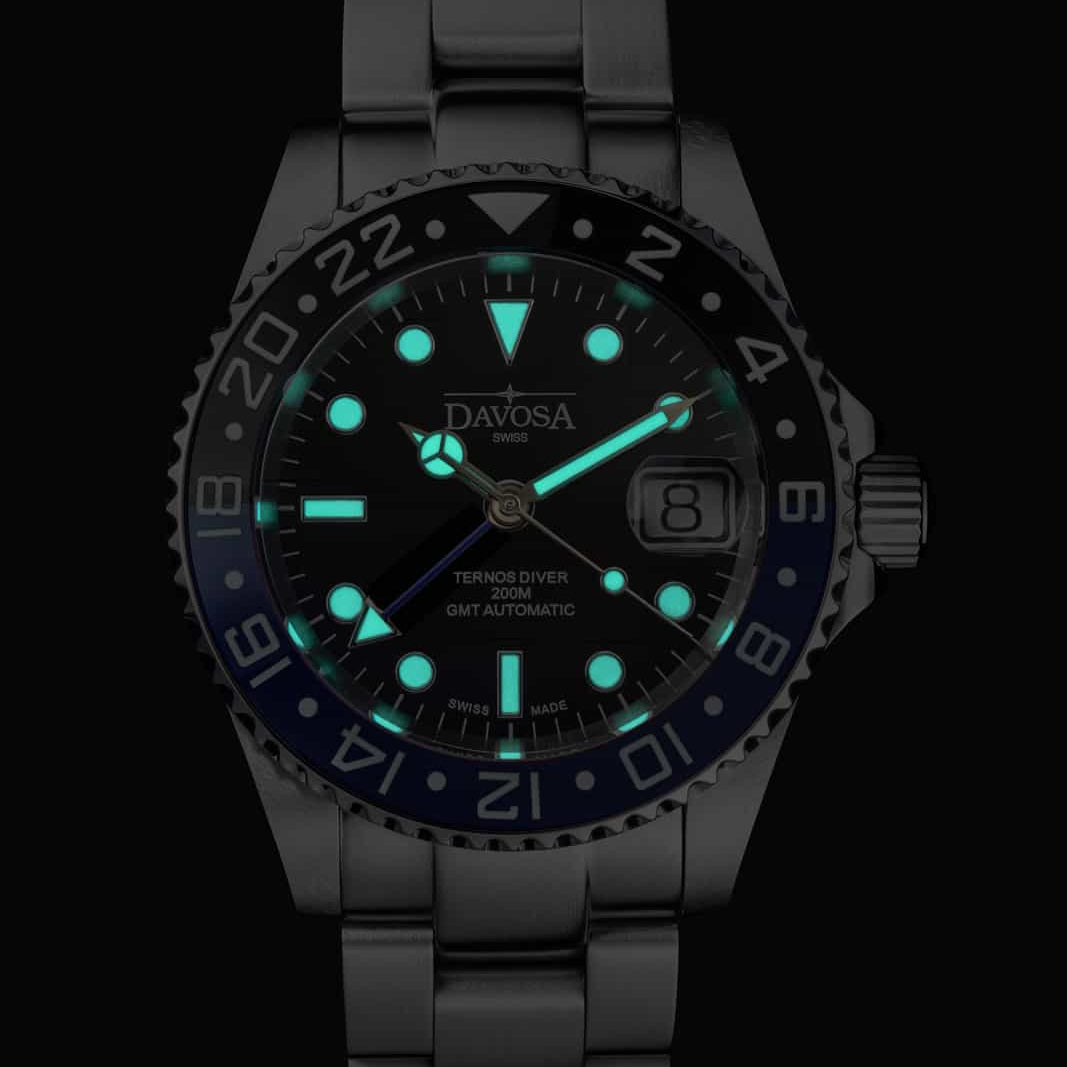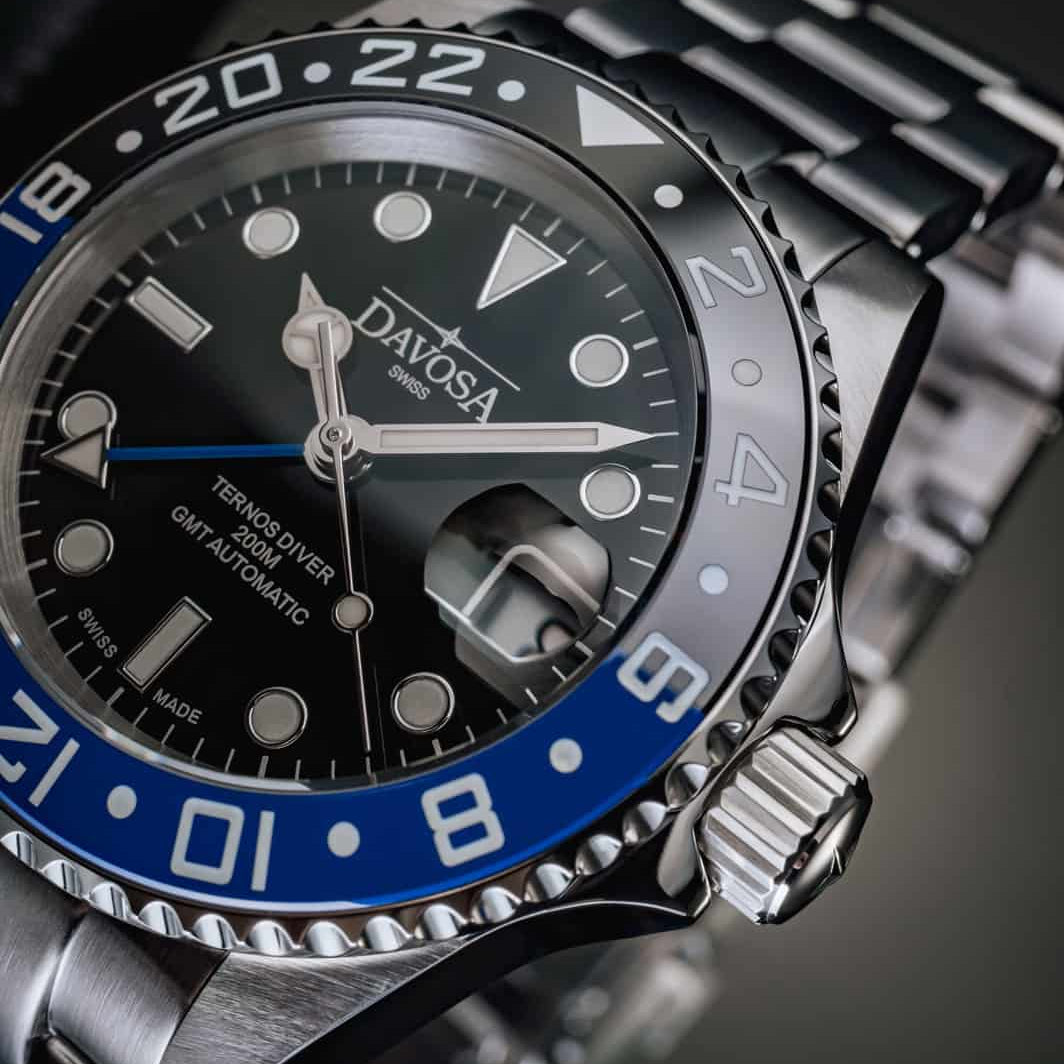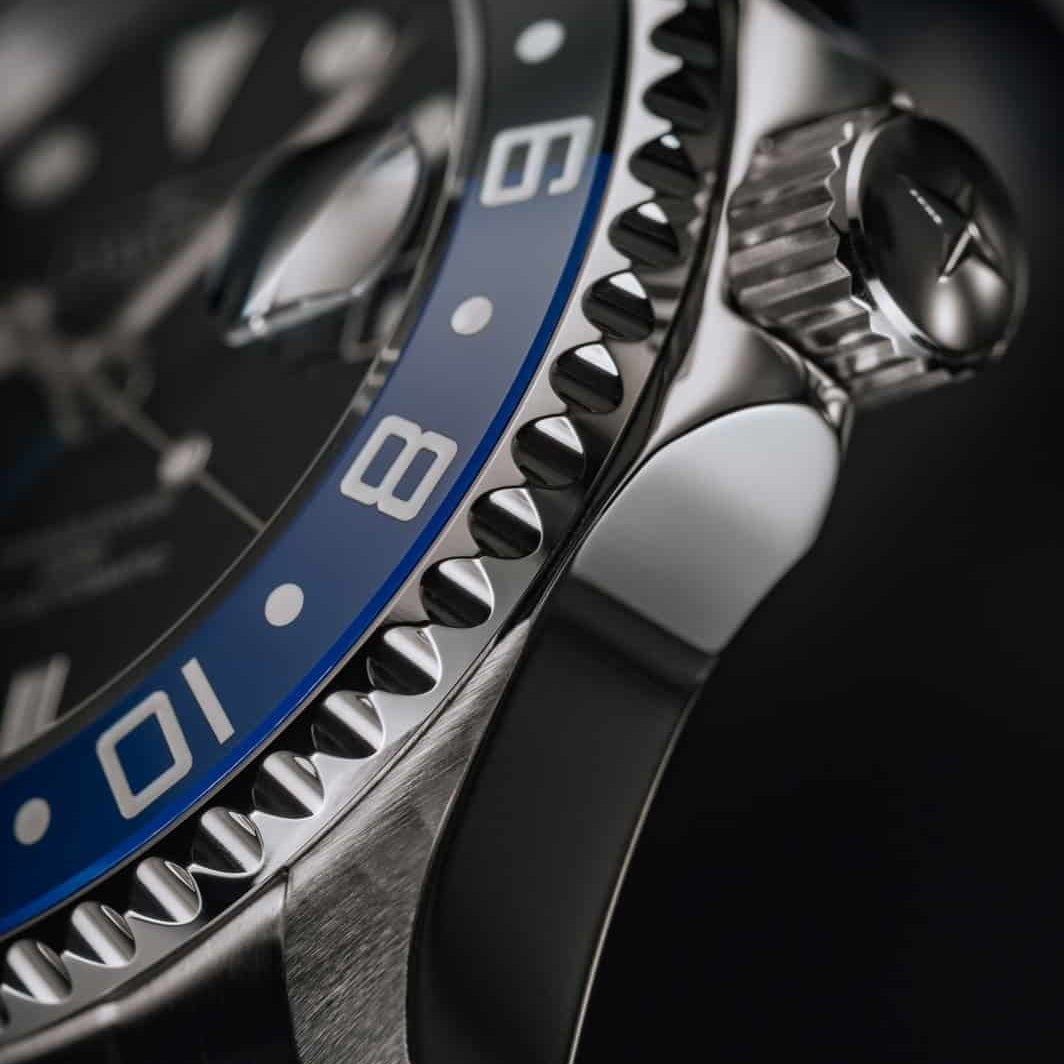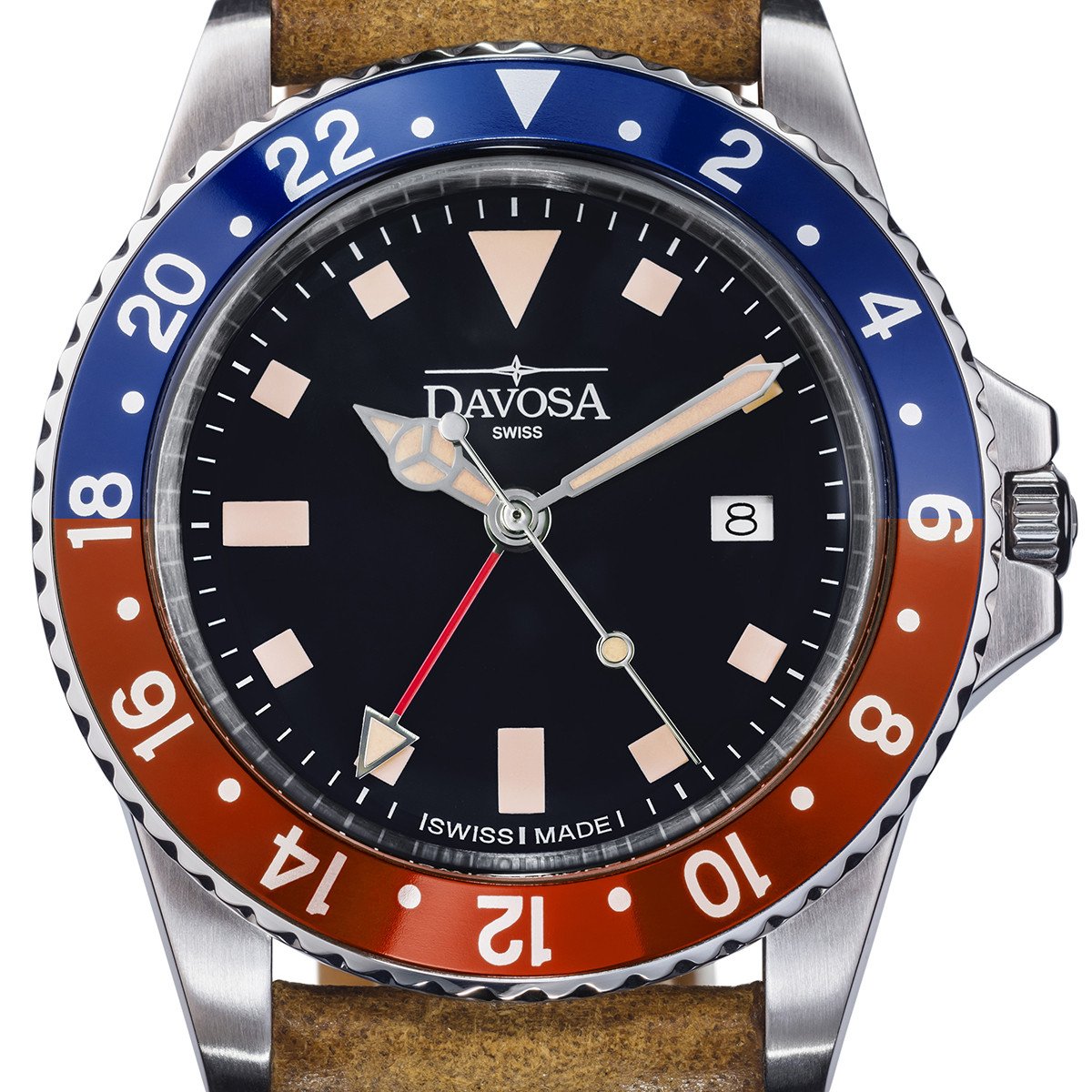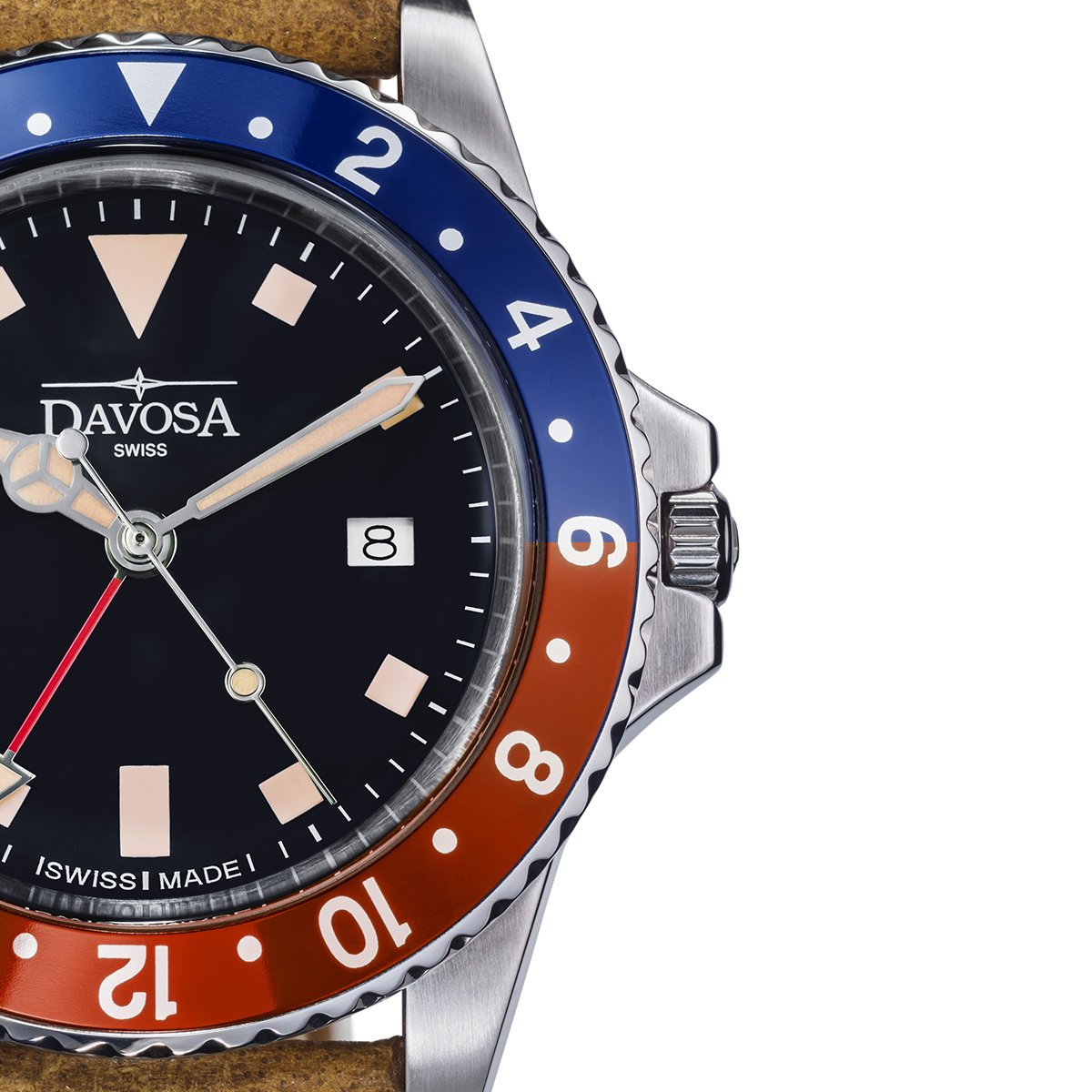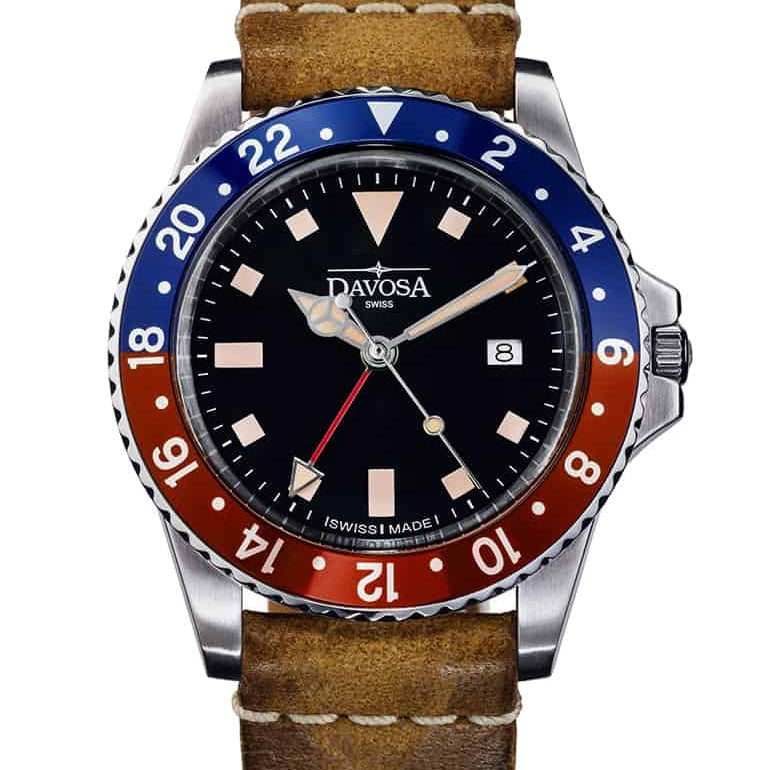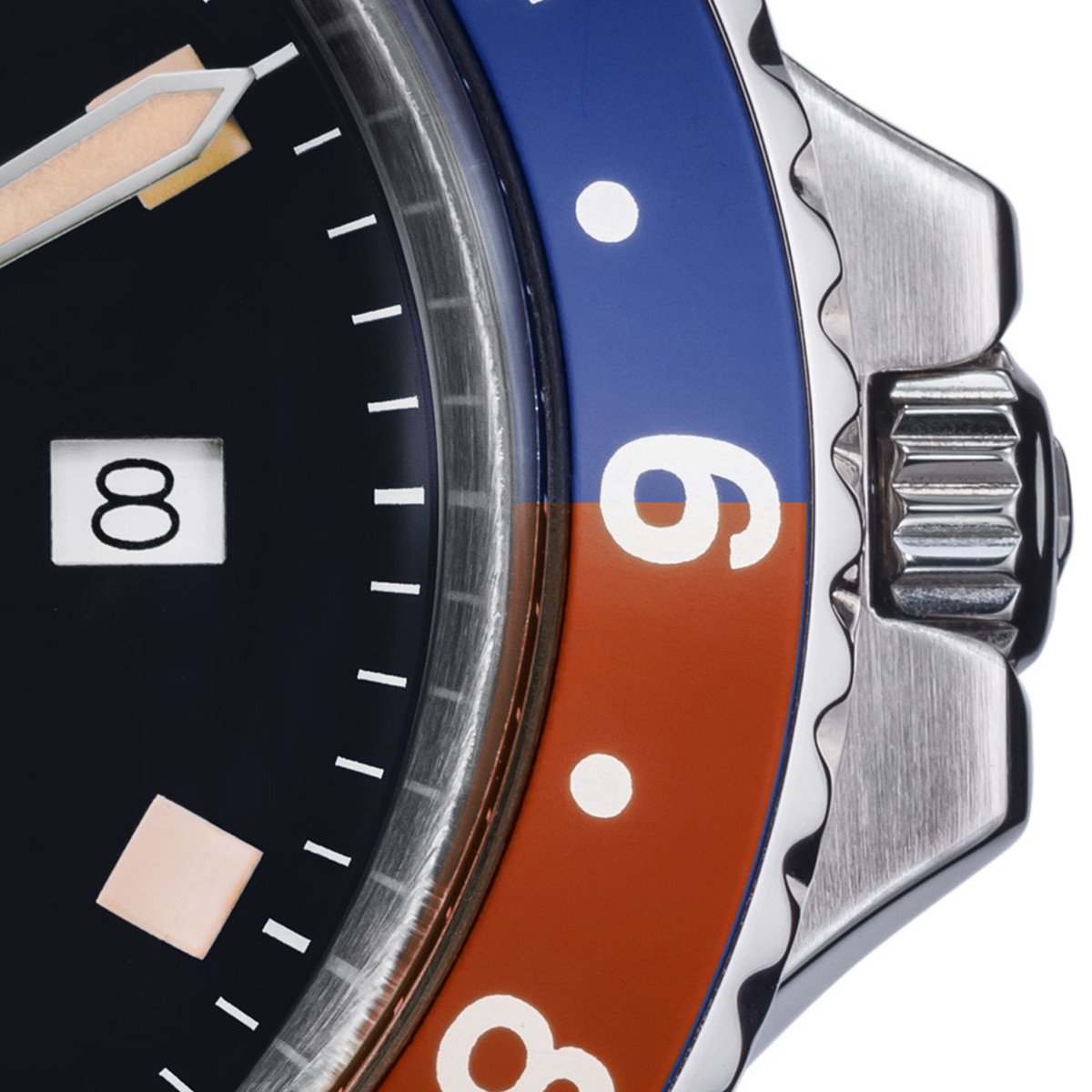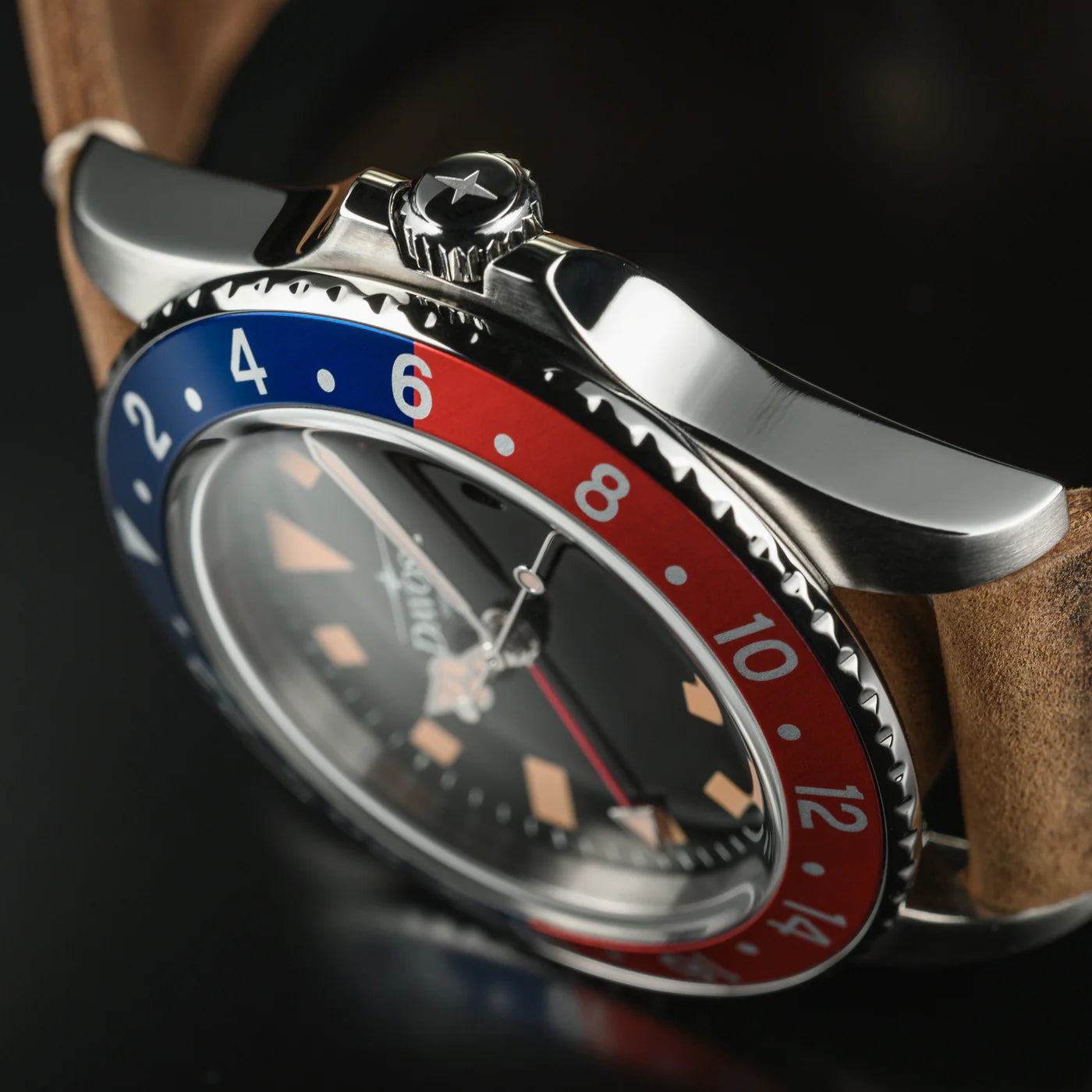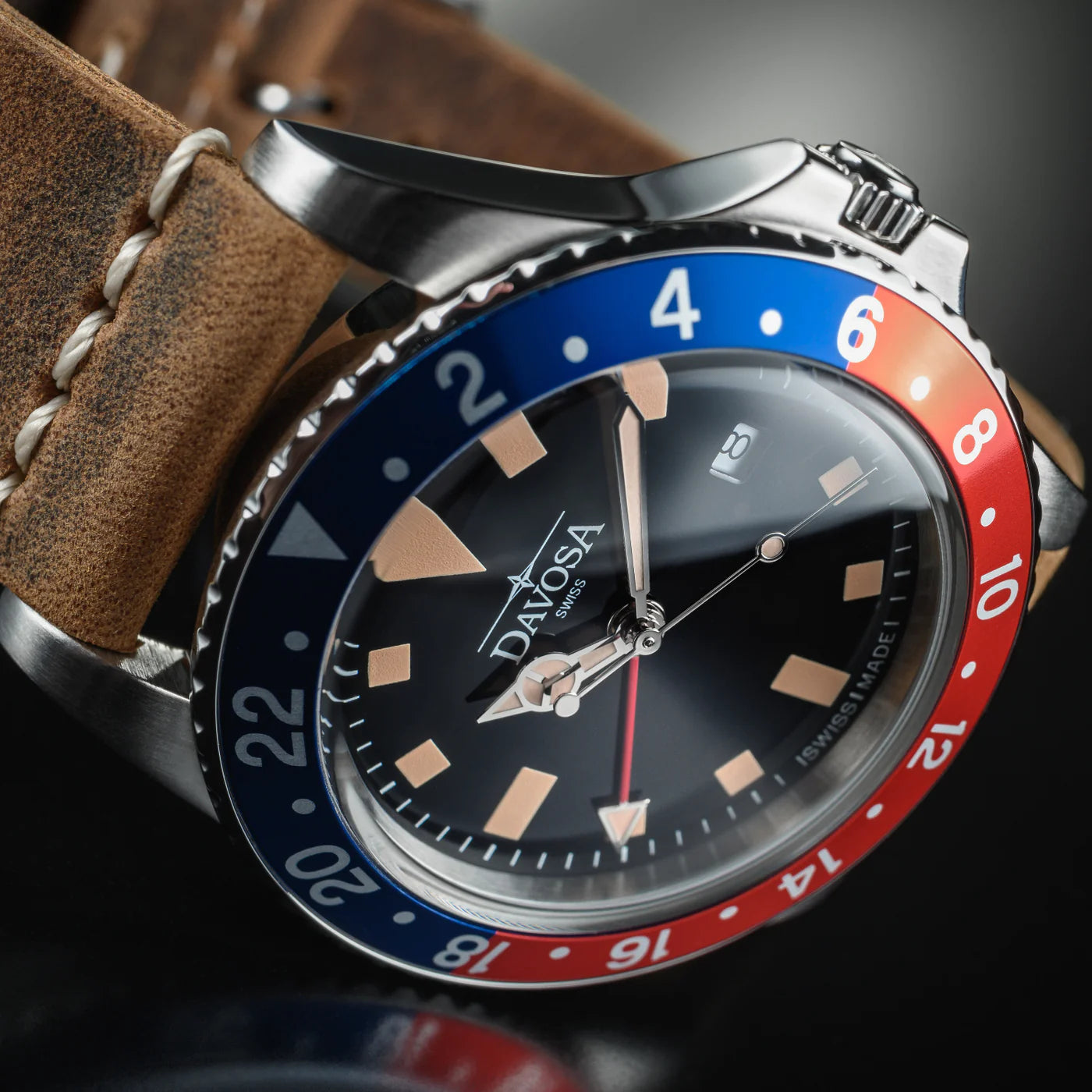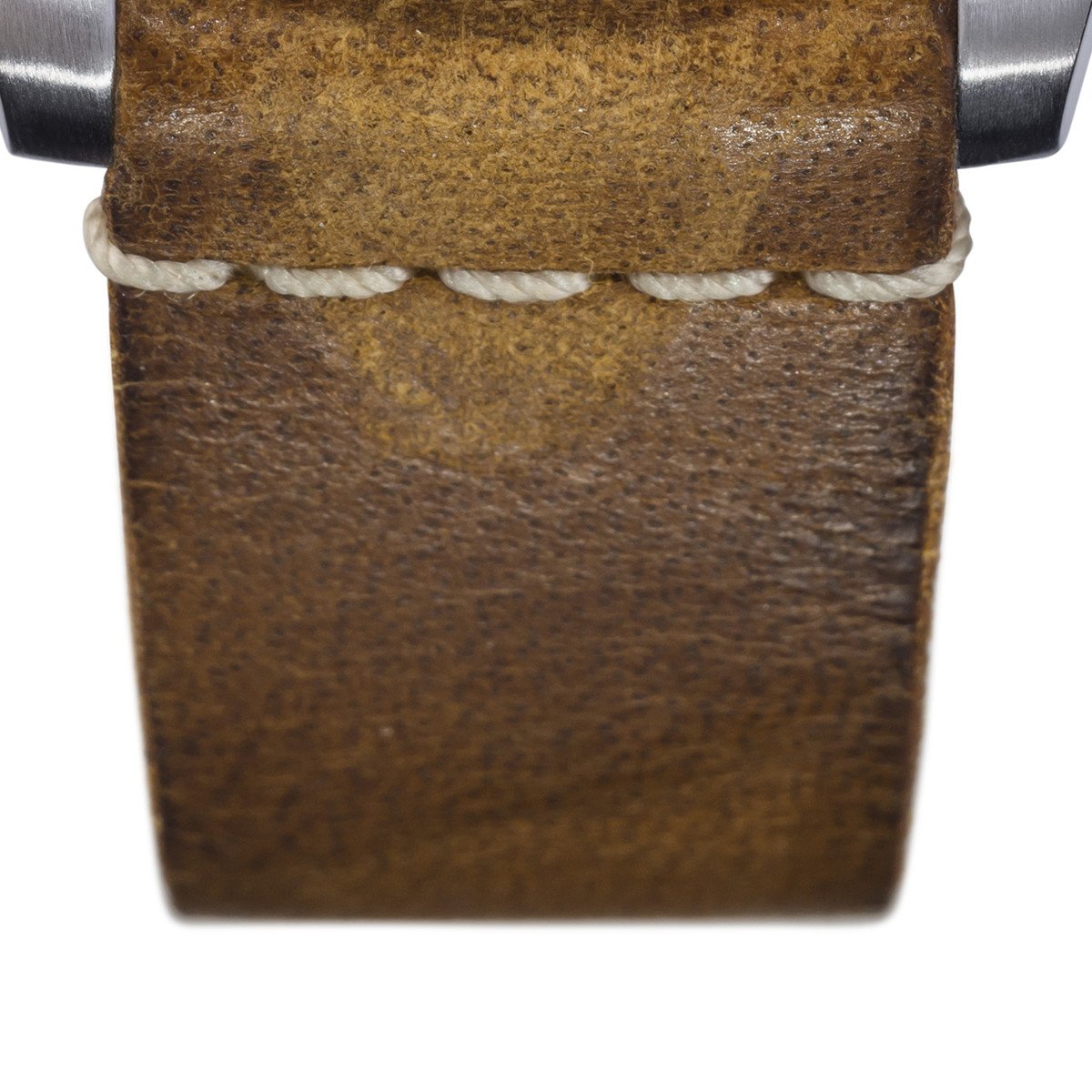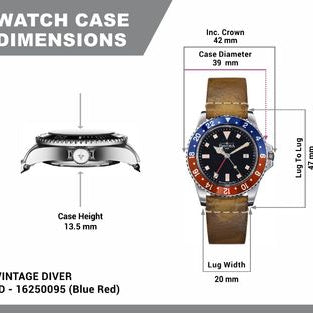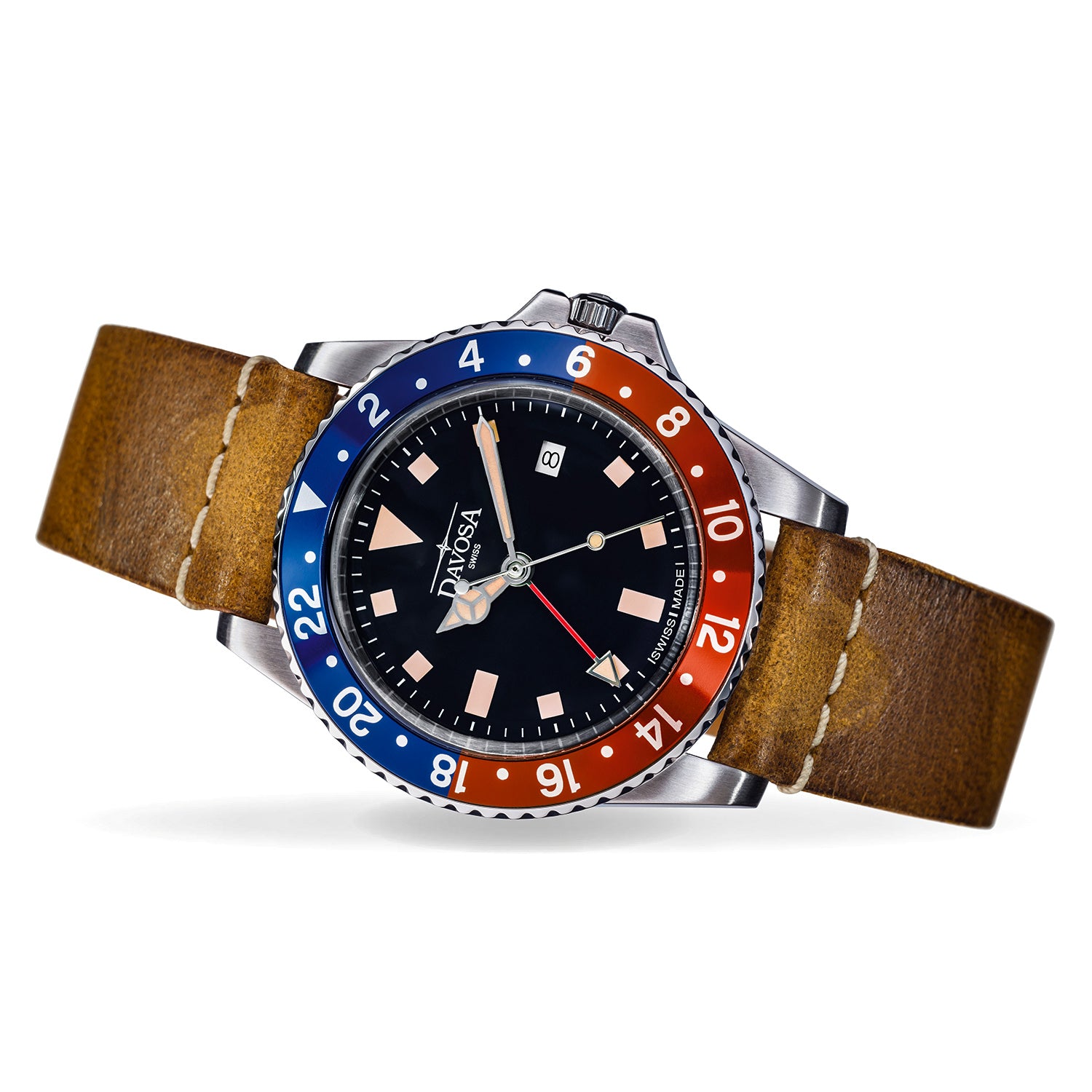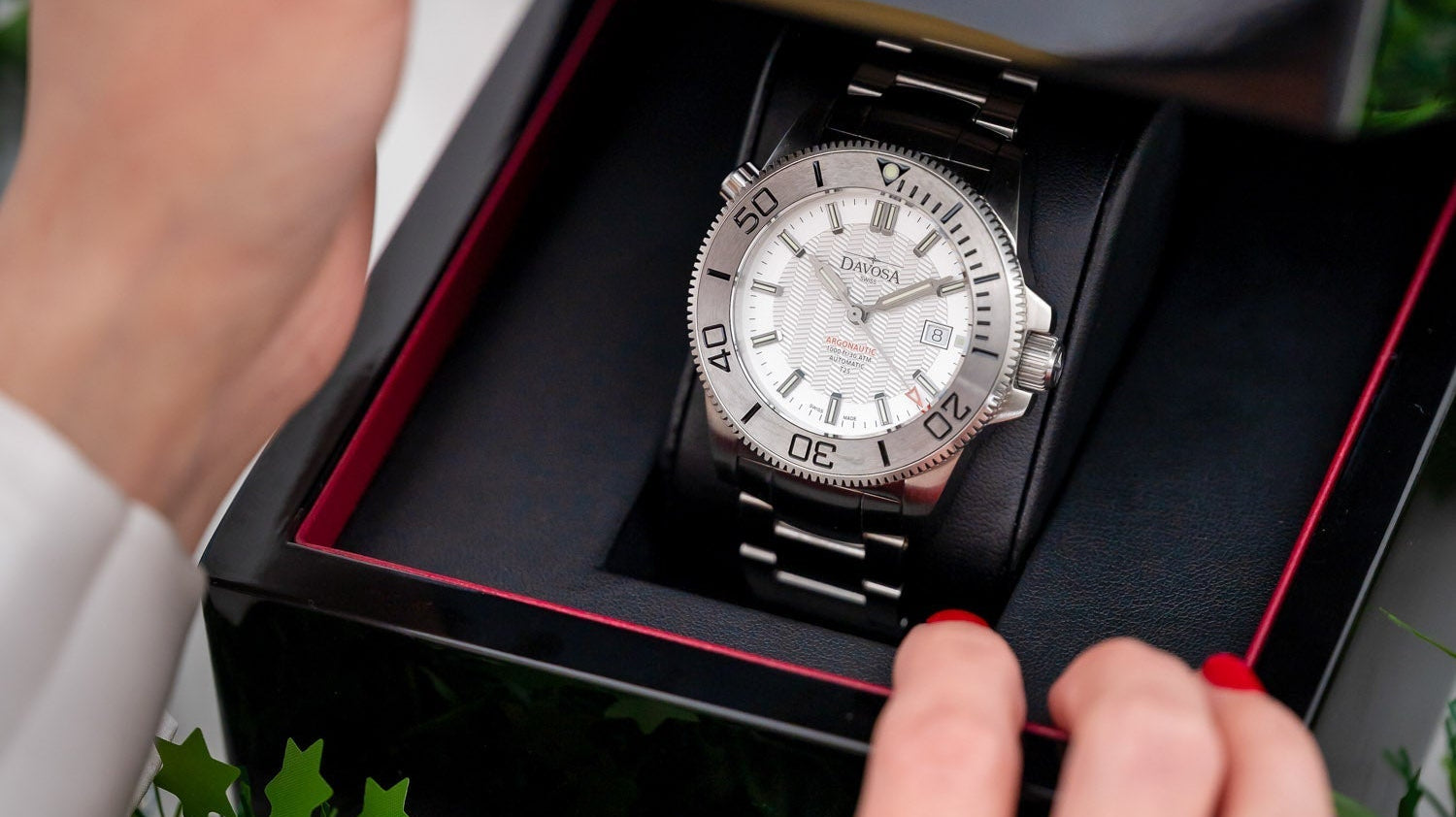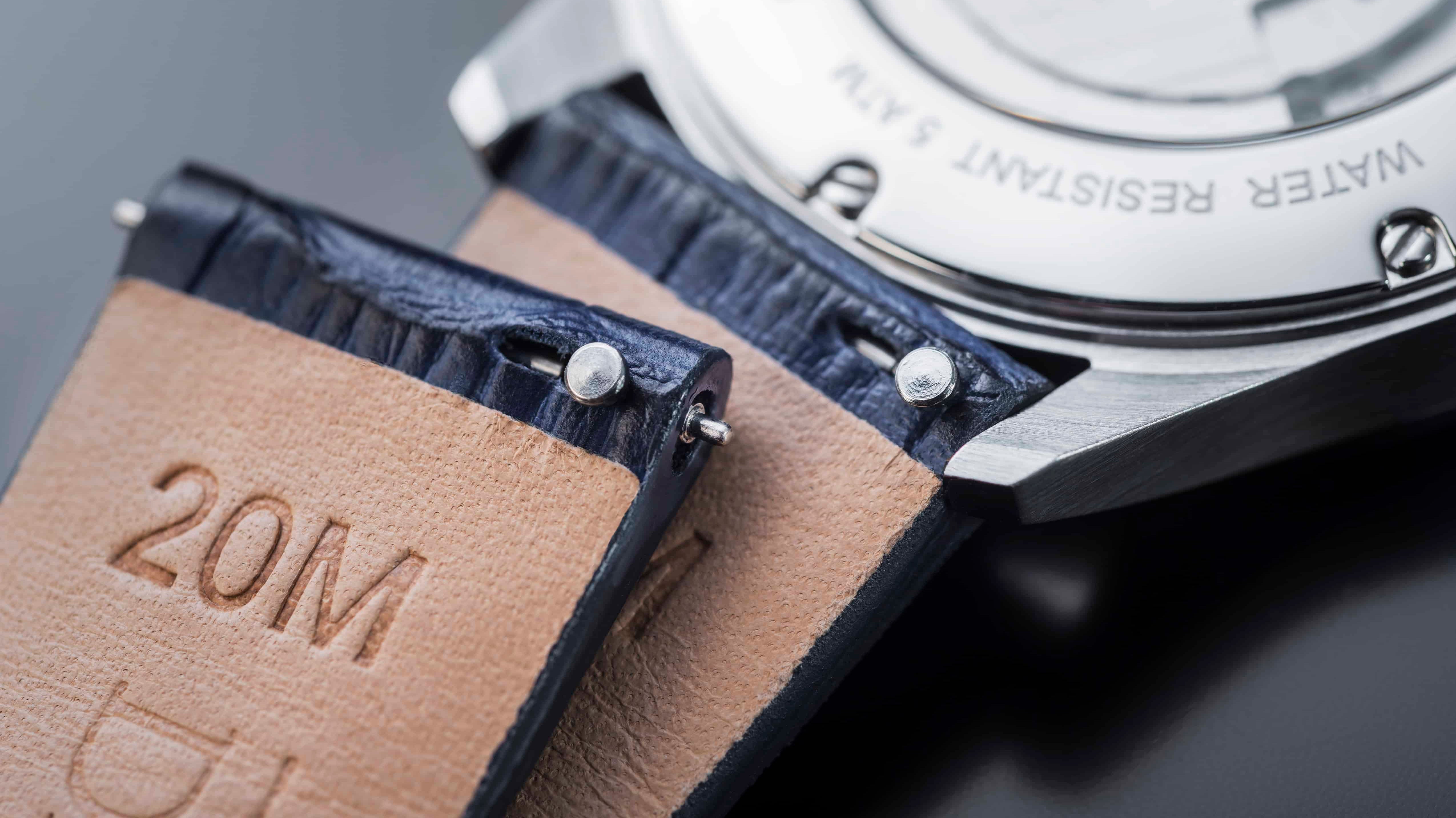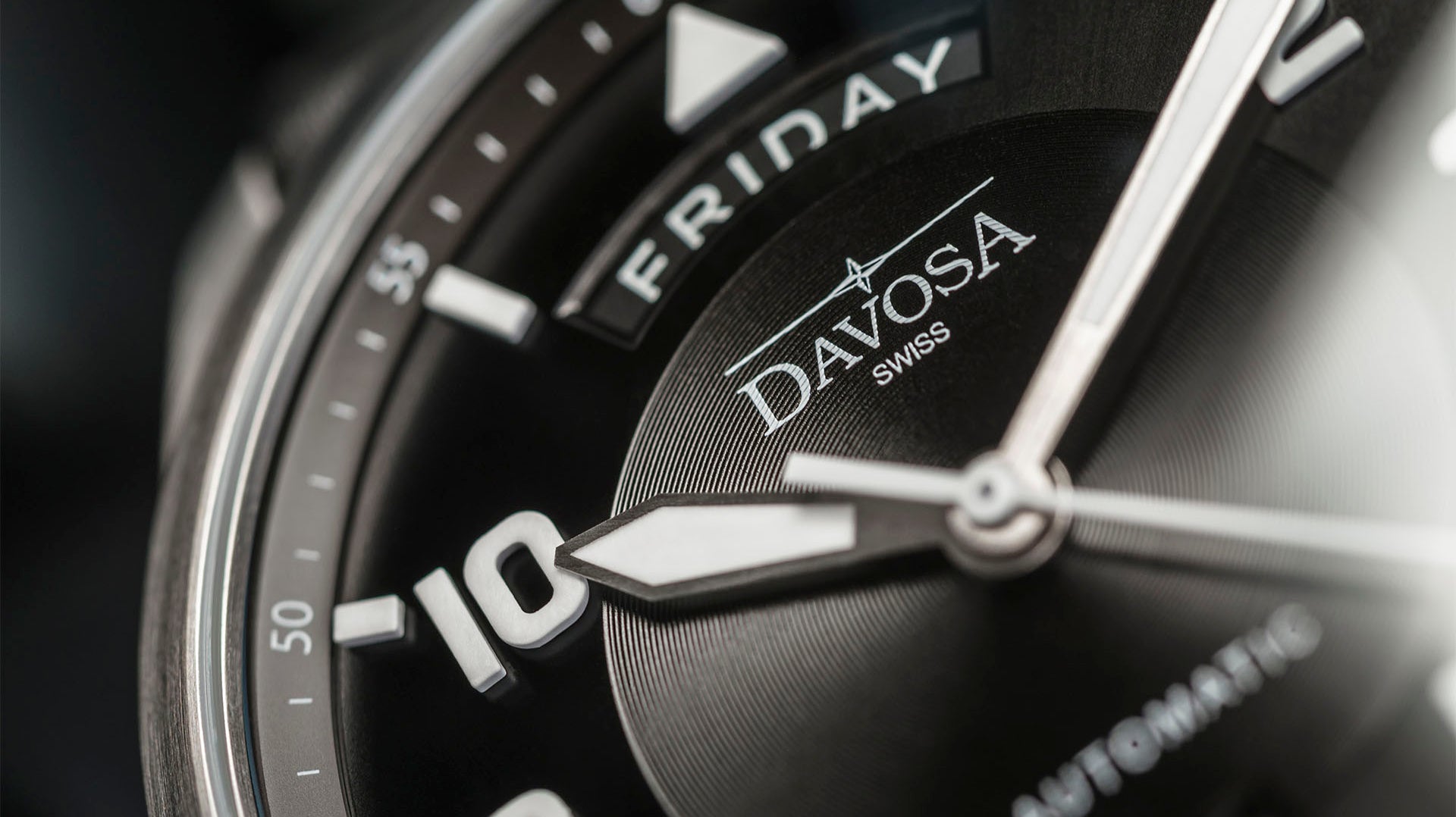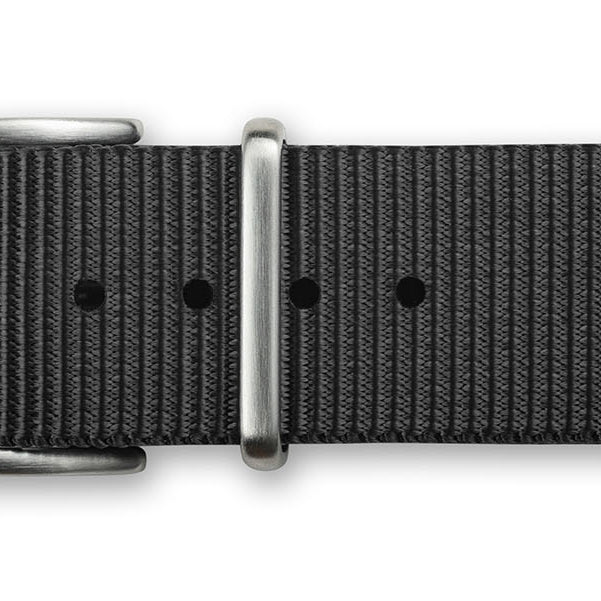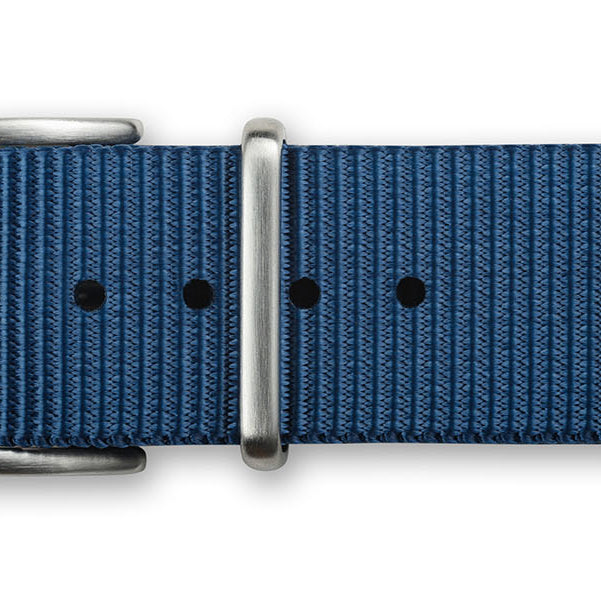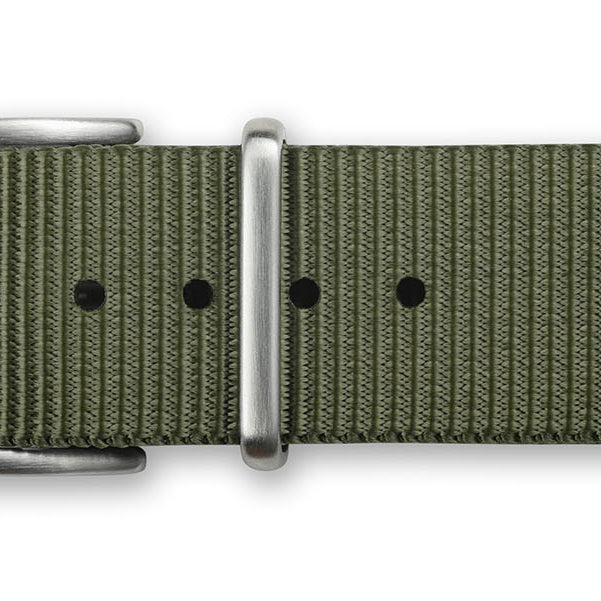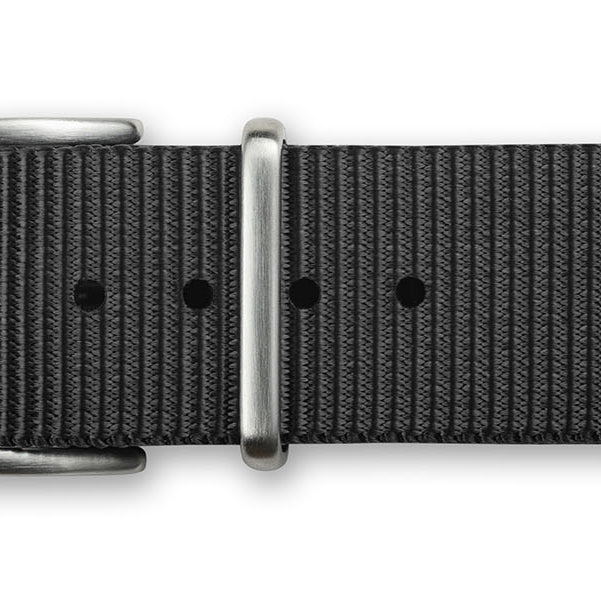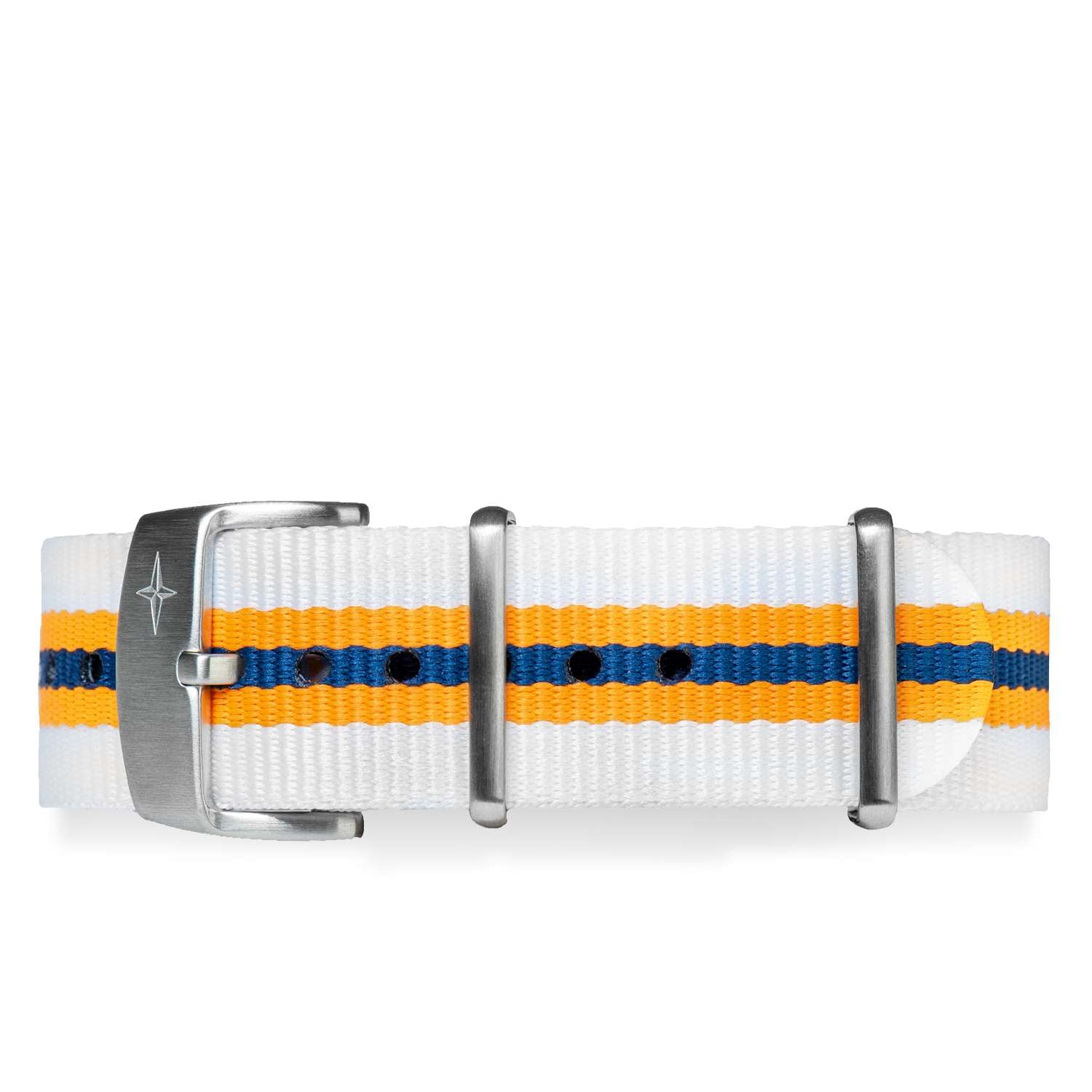Ever since watches were invented, they have been used for different reasons, and some of them are very peculiar, such as the one involving the use of a tachymeter scale. Of course, nowadays, nobody possibly uses timepieces to calculate speed anymore, as there are more sophisticated and easier instruments to use. Still, it is always interesting to know how a tool like a watch with a tachymeter works!

What is a tachymeter on a watch?
A tachymeter is a particular scale used to calculate the speed of an object in motion, such as a car or a horse. In fact, during the 1950s, when the great automobile competitions began, it was possible to calculate the speed of competing cars from the pits using this instrument, even when laser rangefinders did not exist!
A tachymeter is a graduated scale and displays a series of numbers with indices. In modern chronographs, it is often shown on the watch bezel, while in older timepieces treasured by watch collectors, it was inscribed on the dial. However, the contemporary solution is more visible, which was essential for its use.
How does a tachymeter work?
A tachymeter shows a graduated scale with numbers, which generally range from 400 to 60. These numbers are used as a reference for the second hand of the chronograph and indicate the average speed achieved by a moving body.
And this is possible under two conditions: the first is that it is possible to establish the beginning and end of the movement we want to measure (i.e., that the vehicle is moving on a circuit that brings it back to us after completing the course); the second is that the length of this course is known.

How to use a tachymeter?
We know that speed is calculated in kilometers per hour or miles per hour (depending on the scale we want to use). For example, suppose we want to measure the speed of a car driving around a circuit, and we are sitting next to the starting line. If we know that the race track is one kilometer long, we can conclude that if it takes the car one minute to go round the circuit, it will be moving at 60 km/h.
If the car takes half a minute or 30 seconds, it will move twice as fast (120 km/h), and so on. If we start the chronograph when the vehicle starts and stop it when the car arrives at the same point, we can read on the tachometer scale the average speed held. It is evident that this applies if the circuit is exactly one kilometer long: if it has a different development, we will have to use a multiplier to obtain the speed.
For example, we know that our circuit is 1.5 km long. When we time the vehicle, we see that the indication on the tachometer scale is 60. This means that we must multiply this measurement by 1.5 to obtain the average speed held, i.e., 90 km/h. The only thing we need to know is the exact length of the circuit, and we will use it as a multiplier.
How to read a tachymeter?
As we have seen in the example of how to use a tachymeter, reading the average speed of the object whose speed we are measuring is very simple. What is a bit more complicated is to do the proportioning to calculate the actual speed, as you almost always have to multiply it with fractional numbers - and electronic calculators are a recent achievement; it used to be done by hand or using slide rules.
What is the difference between chronograph and tachymeter?
Actually, this is relatively easy to define: a chronograph is a timepiece that serves to measure an interval of time, while a tachymeter only marks the speed. For example, cars, among other instruments, have a speedometer, which shows the speed of the vehicle at that moment. But a tachymeter does not measure time, whereas a chronograph does.

Does a tachymeter bezel rotate?
Although the bezel on sports watches such as divers' and pilots' watches often rotates, and we are accustomed to seeing this, the bezel on a tachymeter is instead fixed. If it could turn, it would lose its original function of displaying a fixed reference scale.
In fact, in older chronographs, the tachymeter scale was not shown on the bezel but on the dial and was often accompanied by other measurement scales. In fact, chronographs were used to accurately measure various events - although the tachymeter scale was among the most commonly used.
How to use tachymeter on Apple watch
The dials of smartwatches, including the Apple watch, are often made to mimic the dials of traditional watches and offer their own functions. Therefore, several of these dials feature a tachymeter scale.
So, to use a tachymeter on a device such as an Apple watch, simply activate this type of dial, and use your smartwatch as if it were a typical chronograph with a tachymeter scale, reading on it the average speed achieved by the vehicle you are measuring. So, in this case, the Smartwatch vs. regular watch distinction does not apply.
Who uses the tachymeter?
The first tachometers were used professionally, but with the spread of watches that have this feature, their use spread to the general public as well, as people came up with a variety of creative applications for the tachymeter scale. As we have said, chronograph watches were mainly used by professionals, so calculating speed was often crucial for people such as scientists and the military, as well as in sports competitions, first for horses and then for cars.
In addition, the tachymeter scale was important for calculating speed on trains since the conductor, who was on board the wagons, could measure the average speed of the train by timing it on the reference posts that were distributed along the tracks.

Main Takeaways
As you can easily understand, the use of a tachymeter in a watch is a thing of the past. Today, with our electronic devices, we can make much more precise calculations without multiplying. However, the tachymeter scale is what makes classic watches genuinely iconic.
A Daytona, a Speedmaster would not be what they are without their tachymeter scale. And so, it's nice to know that, after all, even this scale applied to the bezel has a practical function, and if we feel like it, we can still use it for its original purpose.

The Davosa-USA.com website is NOT affiliated in any way with Audemars Piguet, Franck Muller USA, Inc. Richard Mille or Richemont Companies, Seiko, or any other brand which is not Davosa Swiss. Rolex is a registered trademark of Rolex USA. Davosa-USA website is not an authorized dealer, reseller, or distributor for Rolex and is in NO WAY affiliated with Rolex SA or Rolex USA or any other brand besides Davosa Swiss. |

